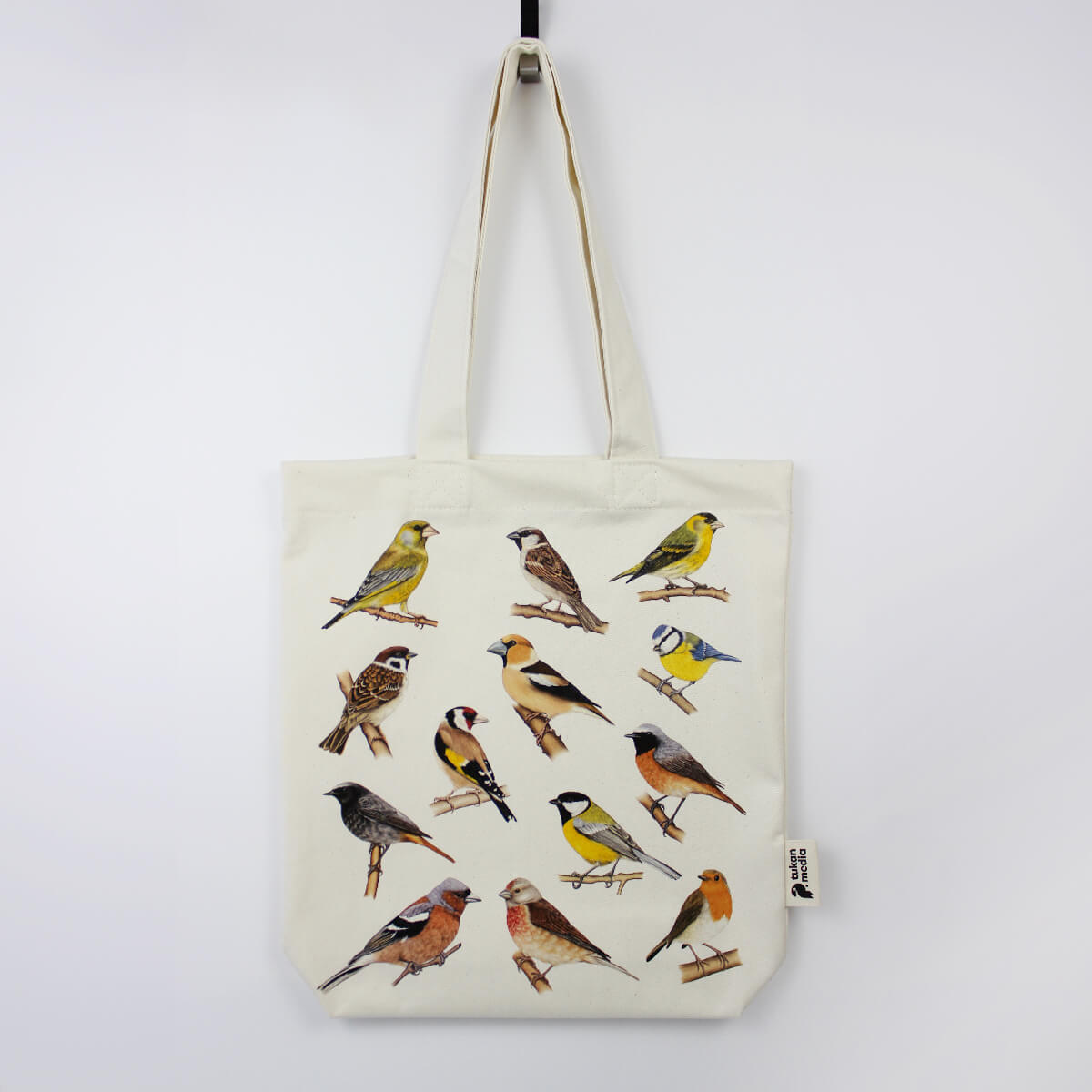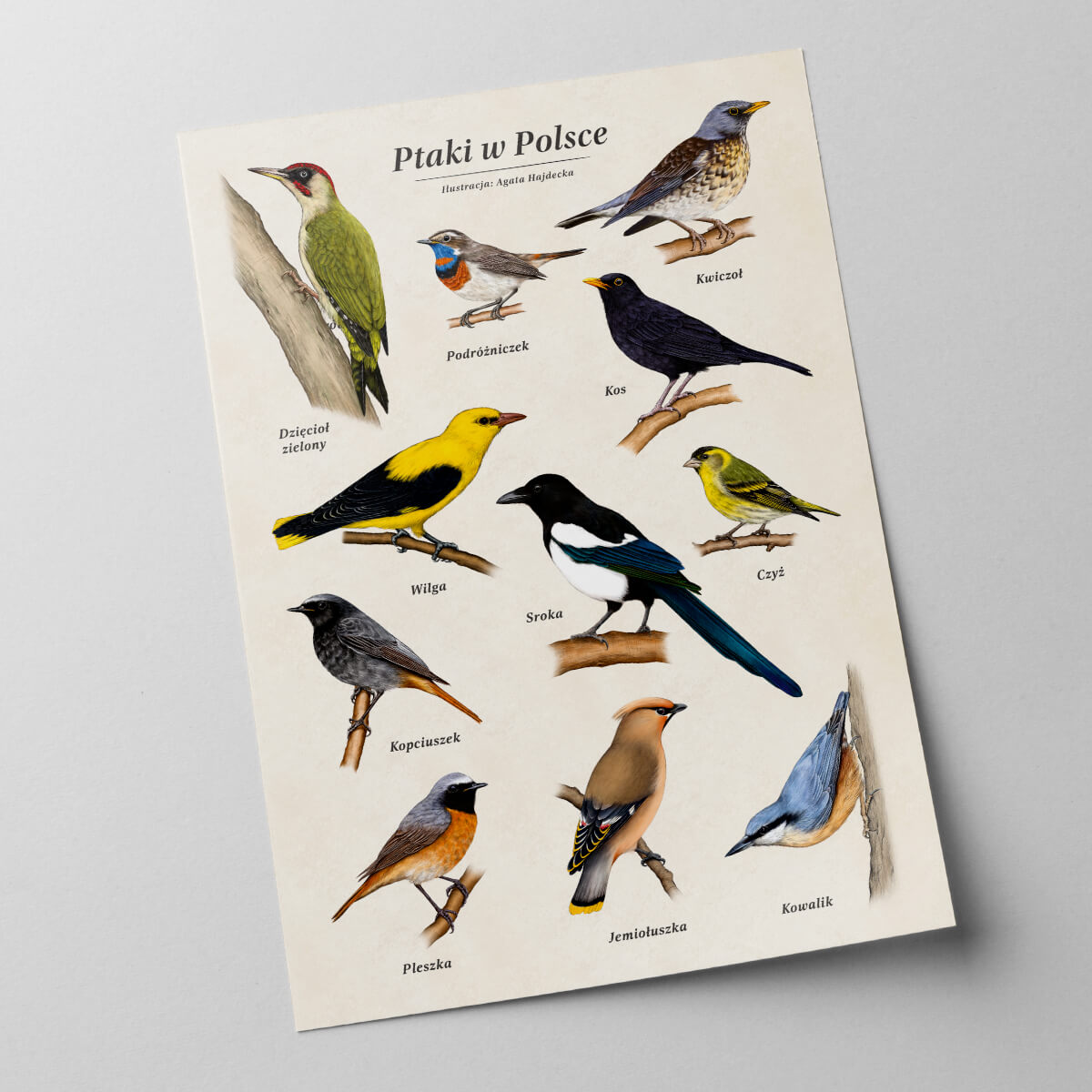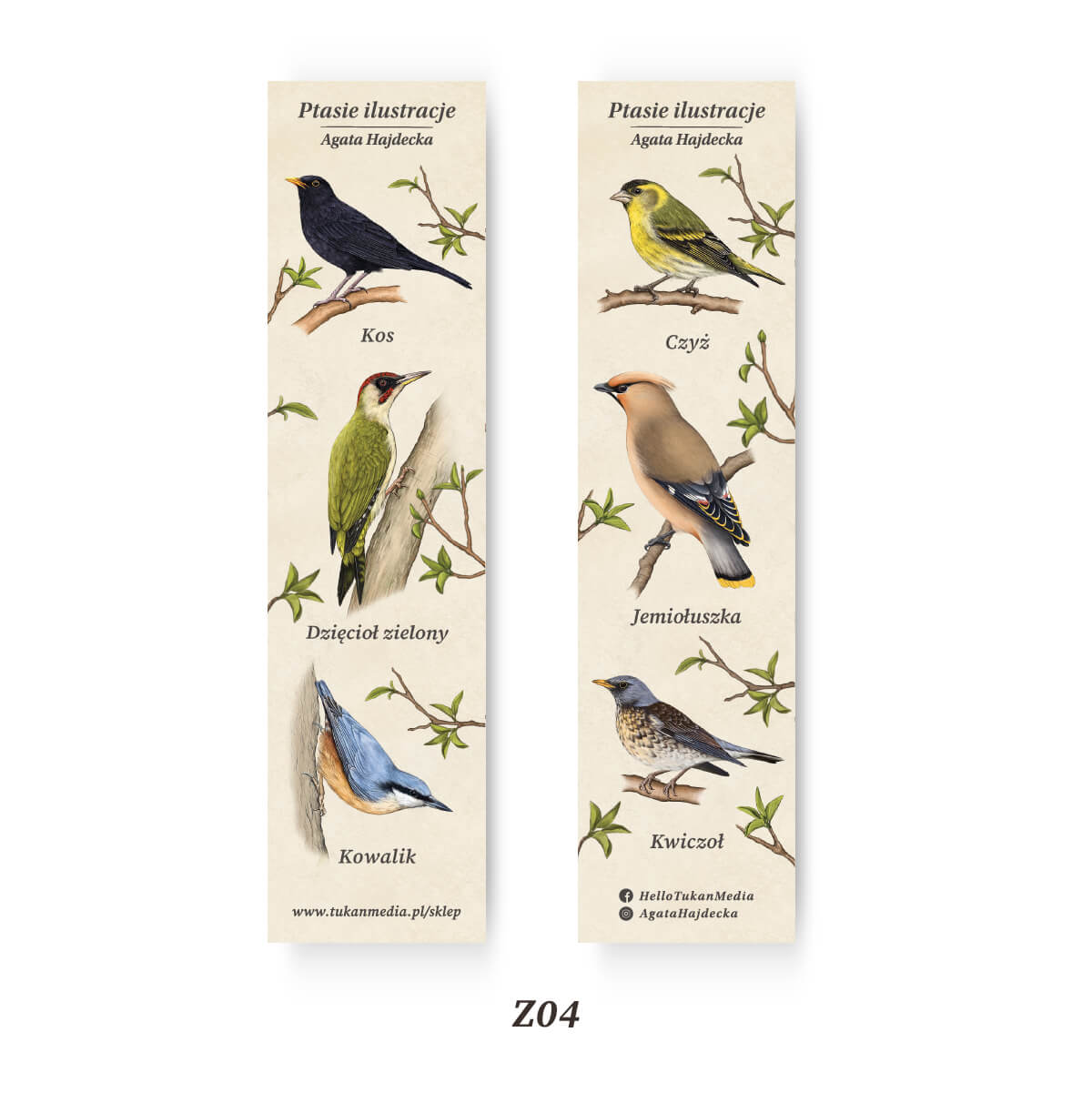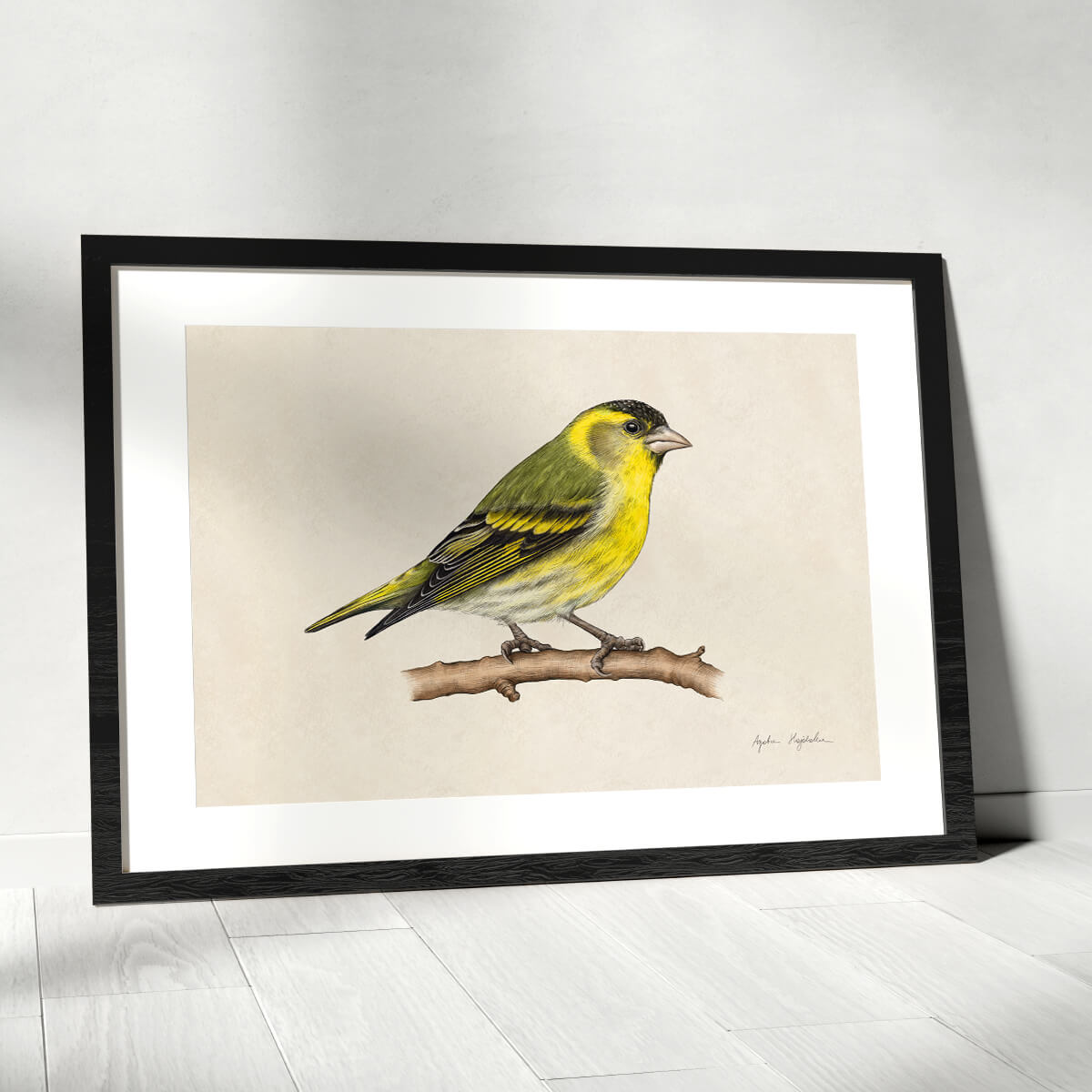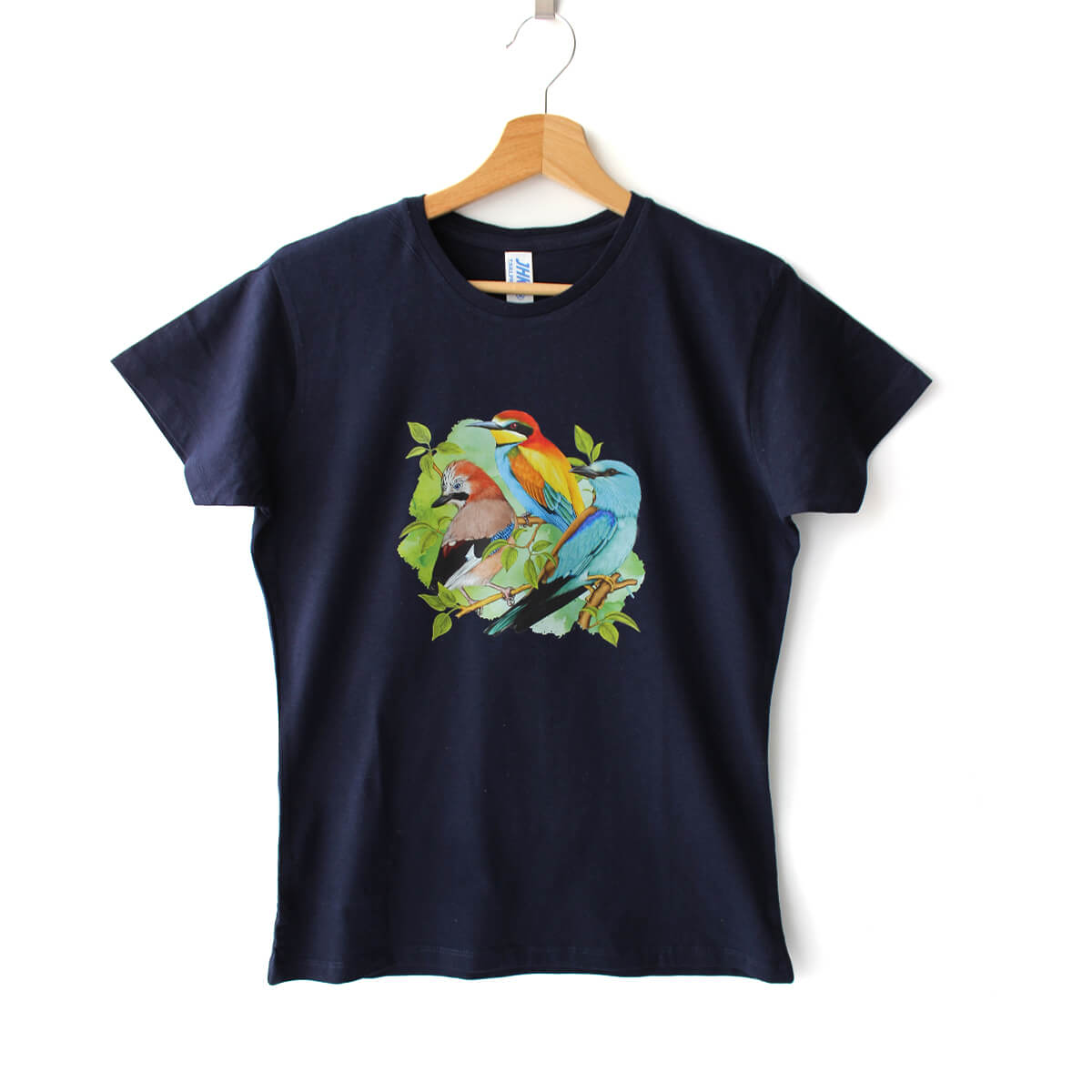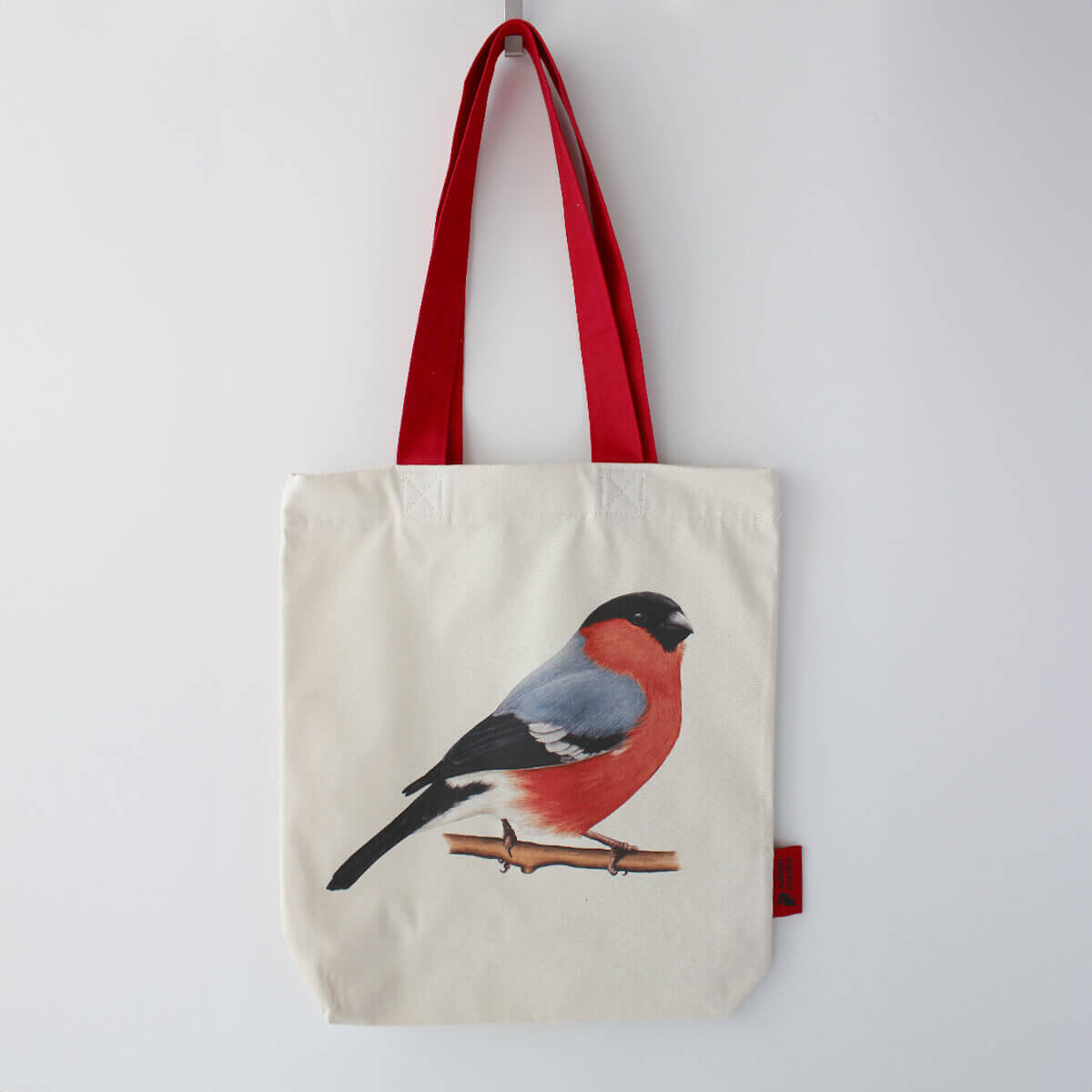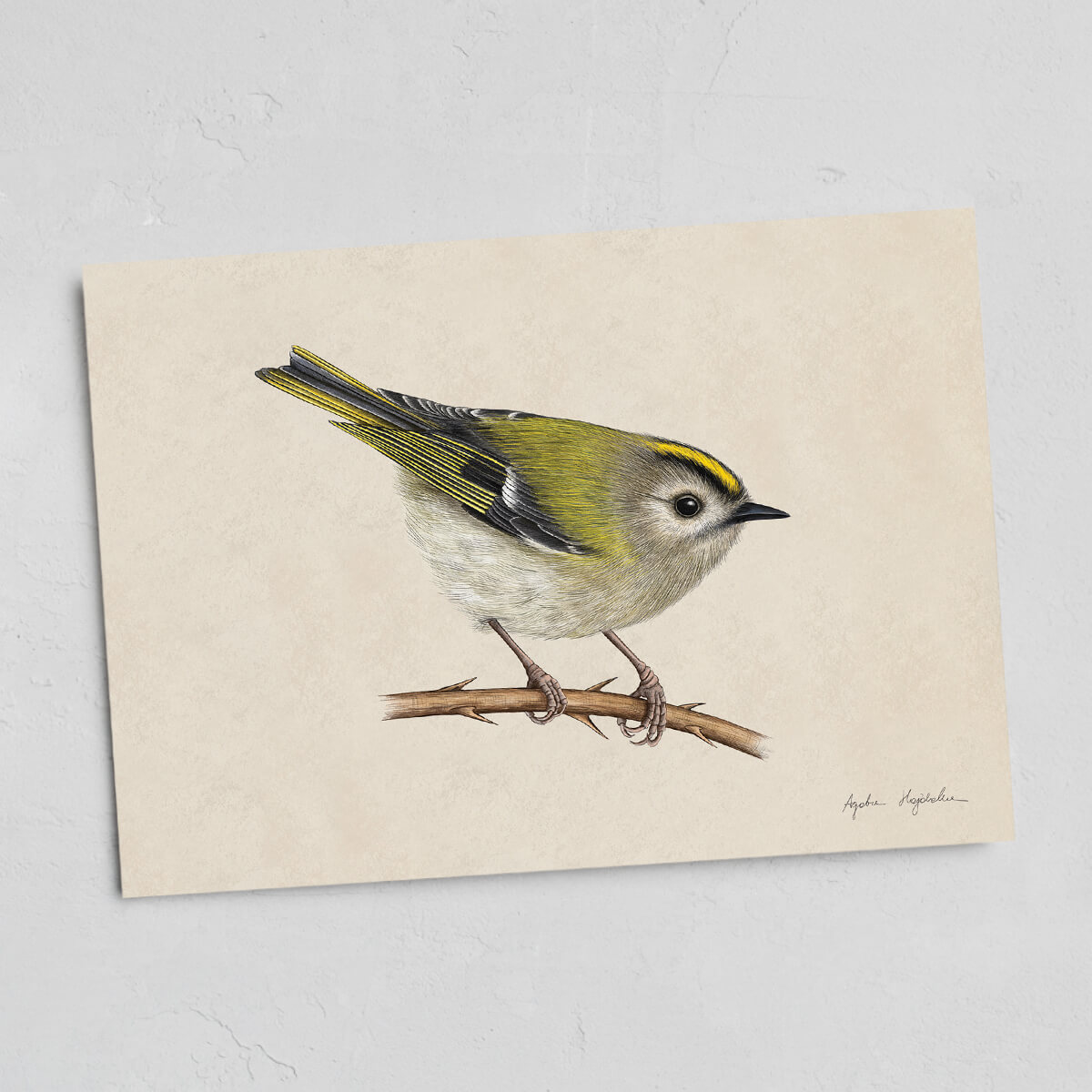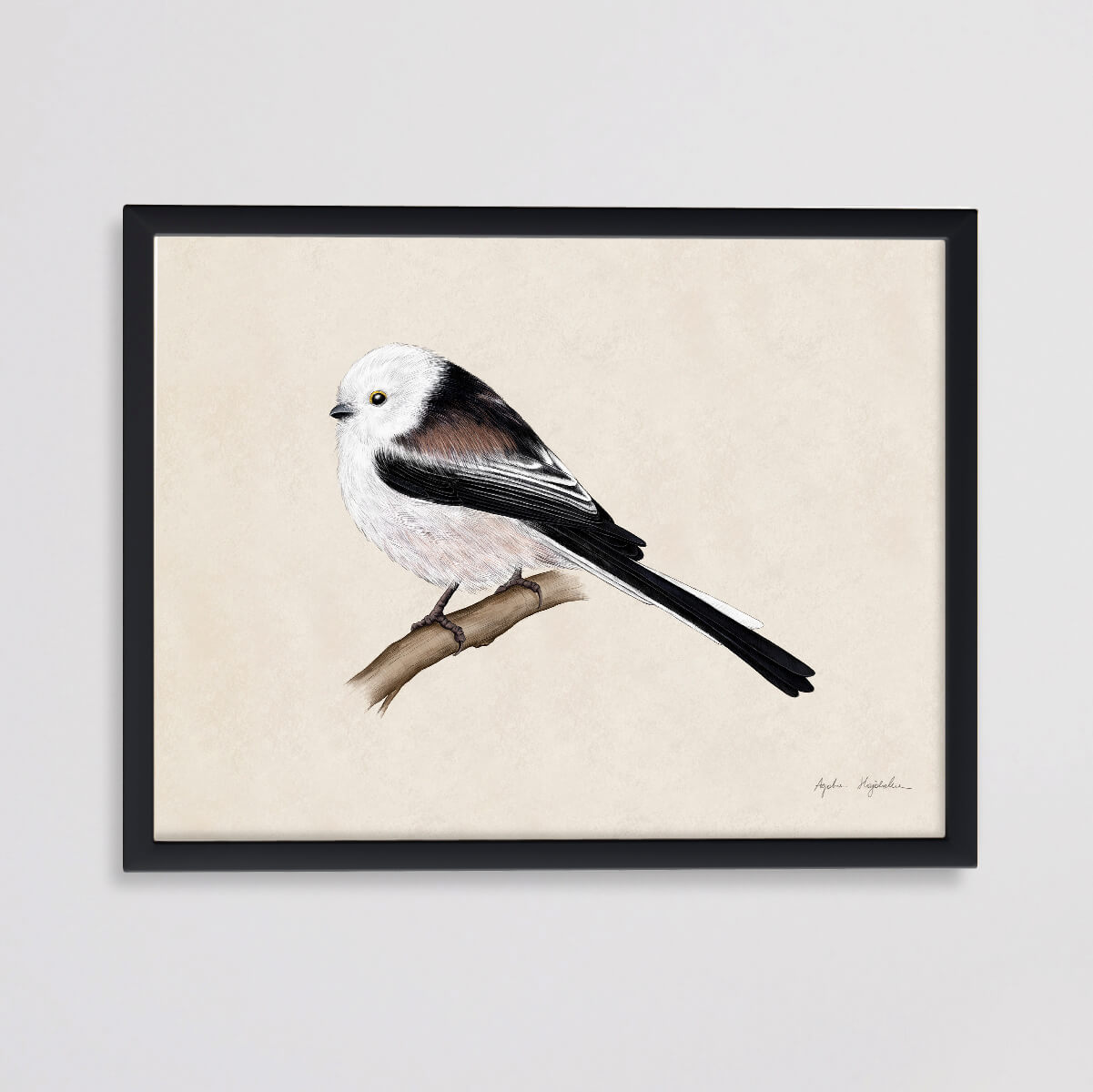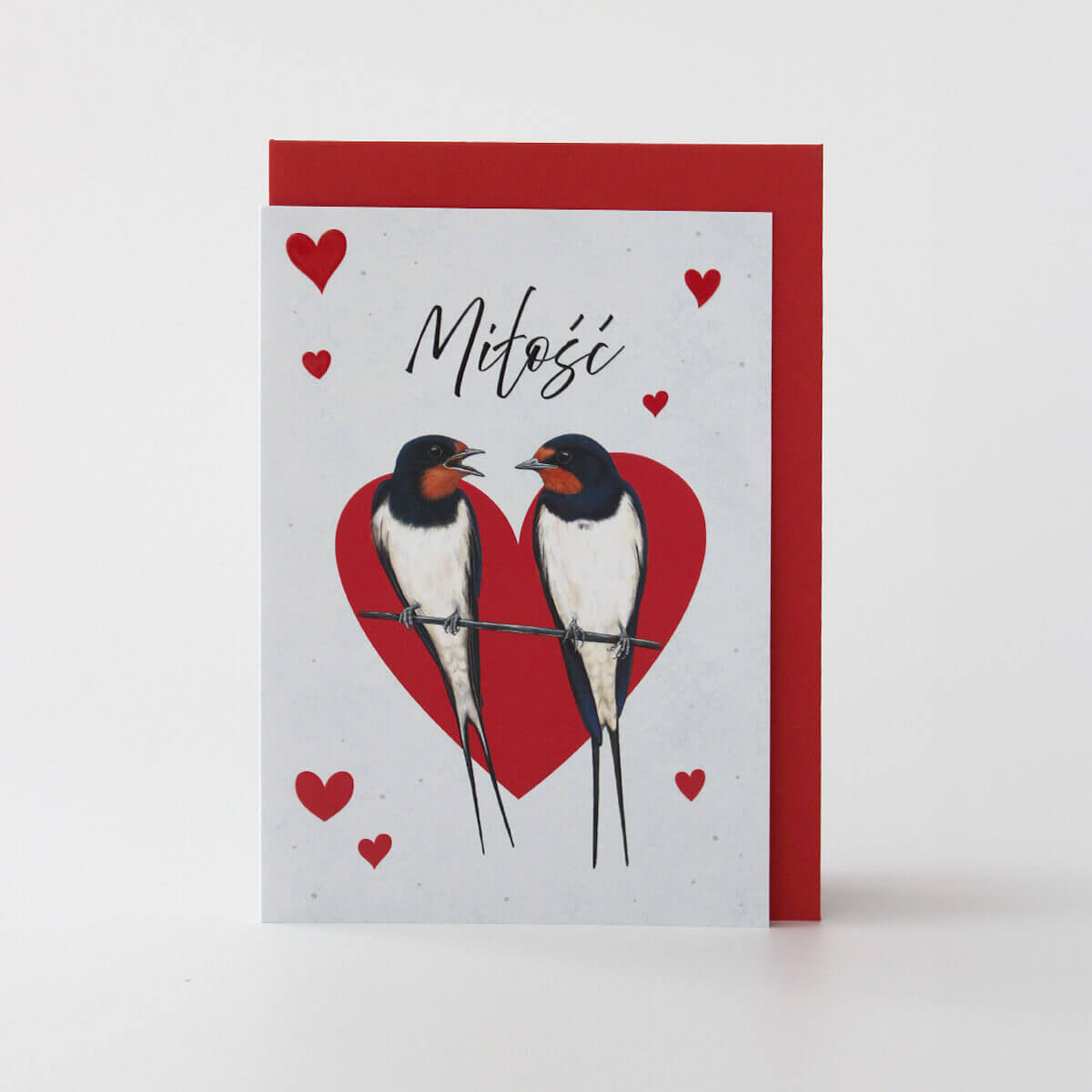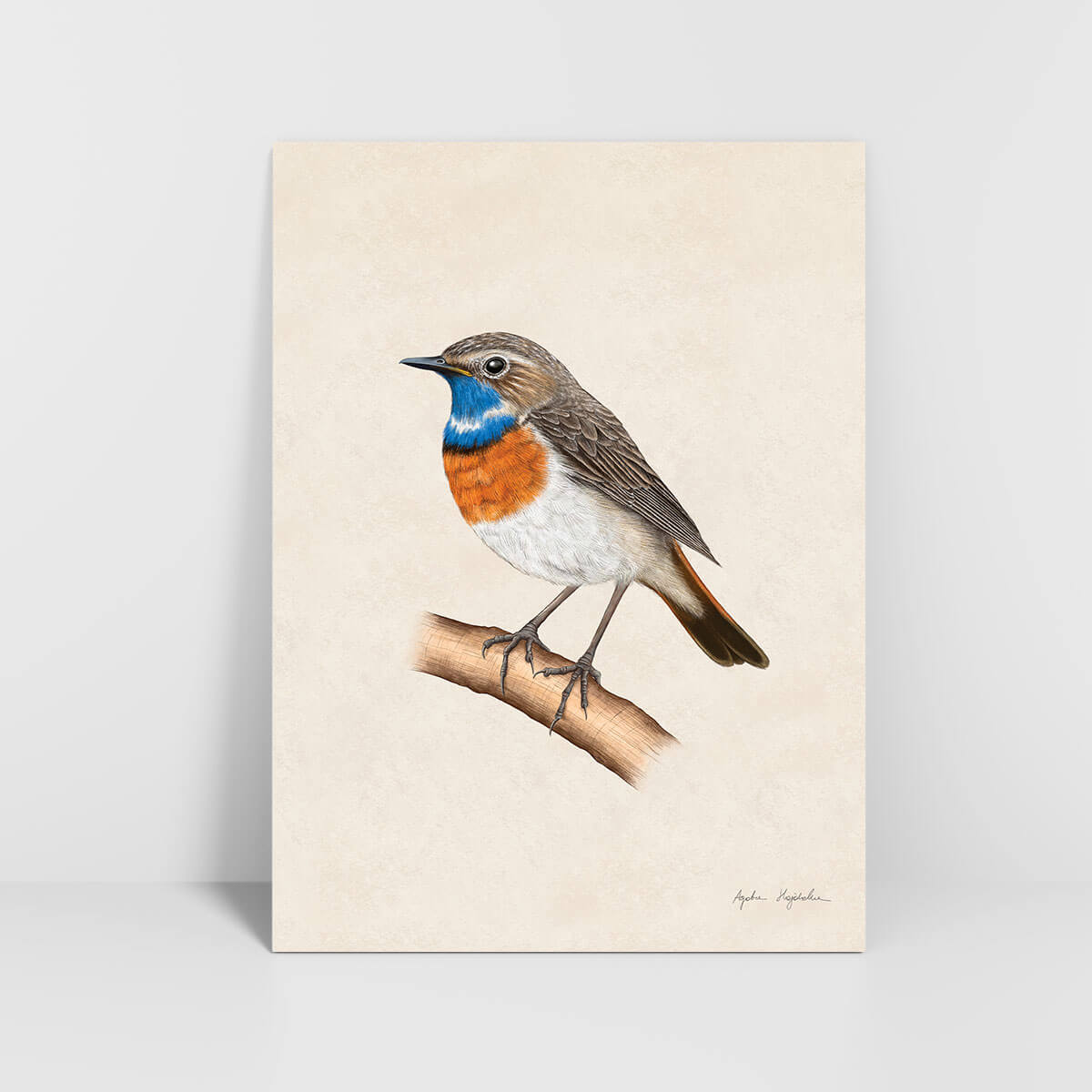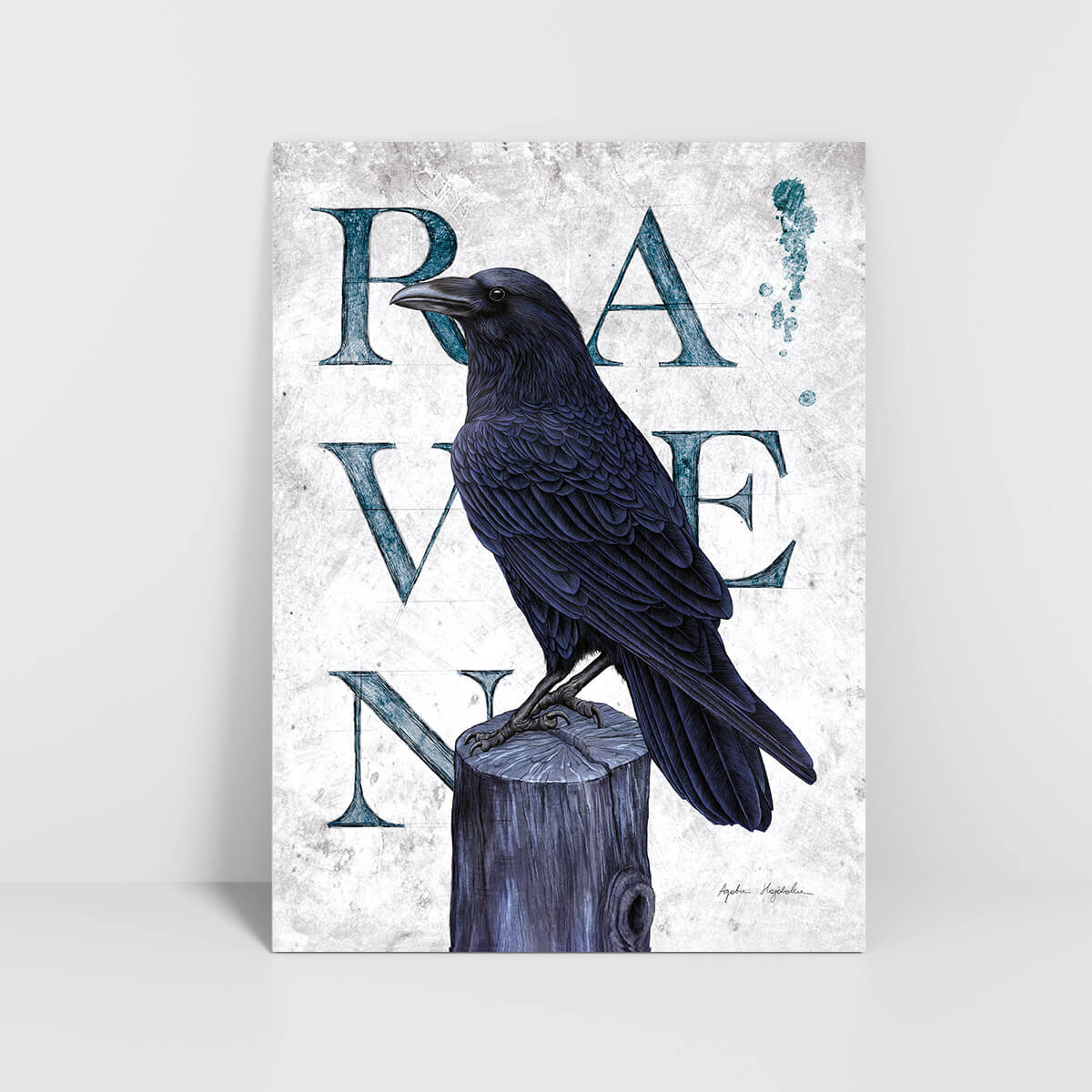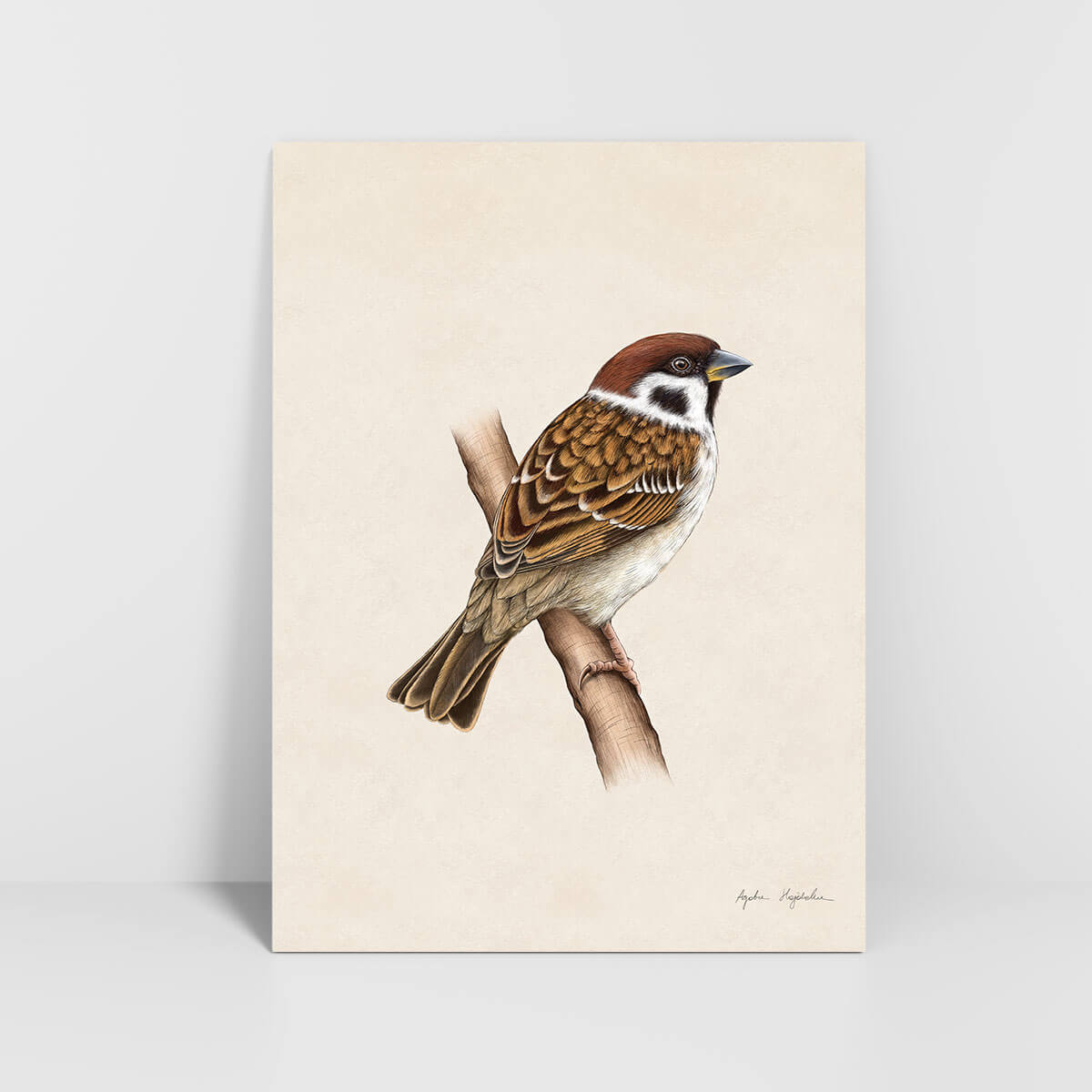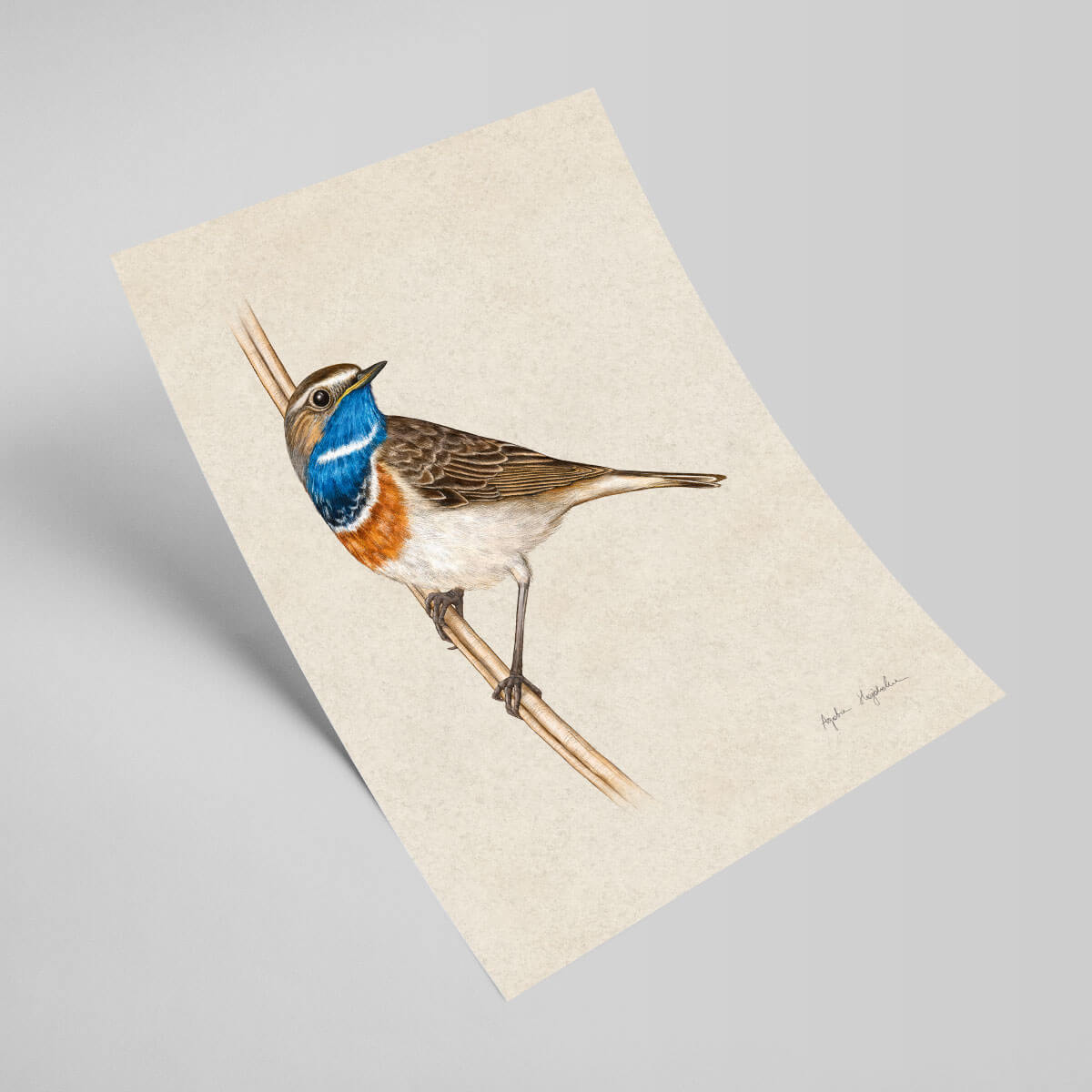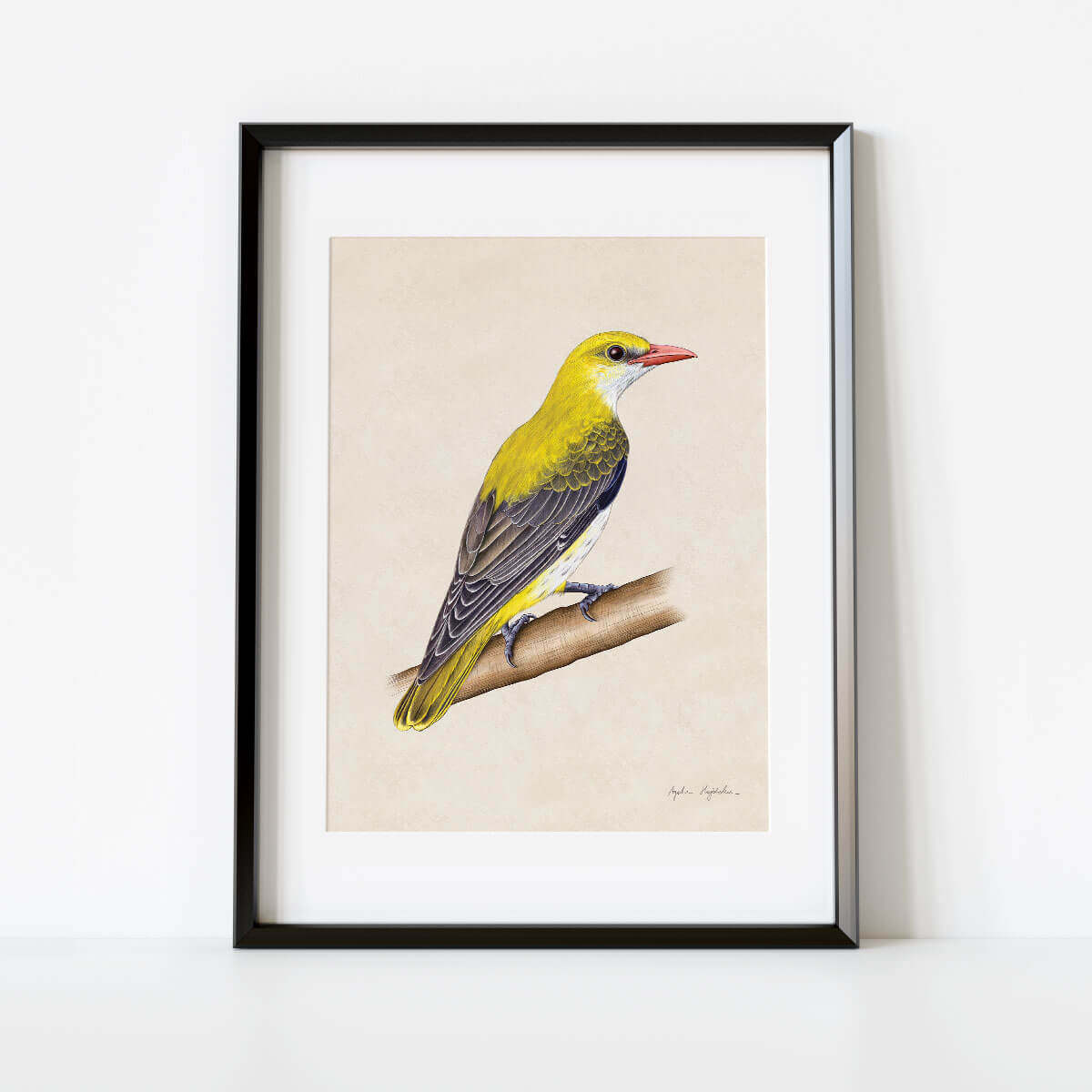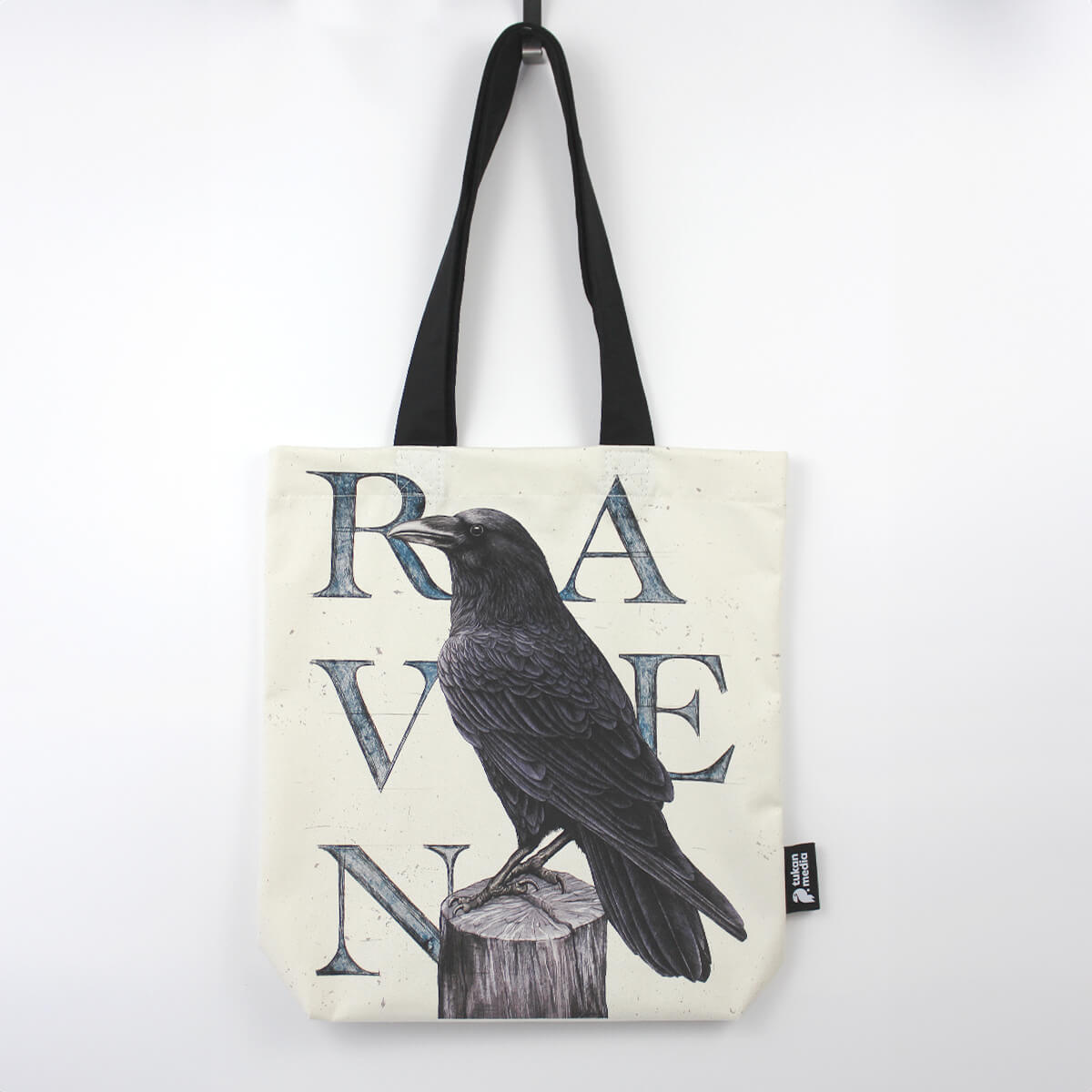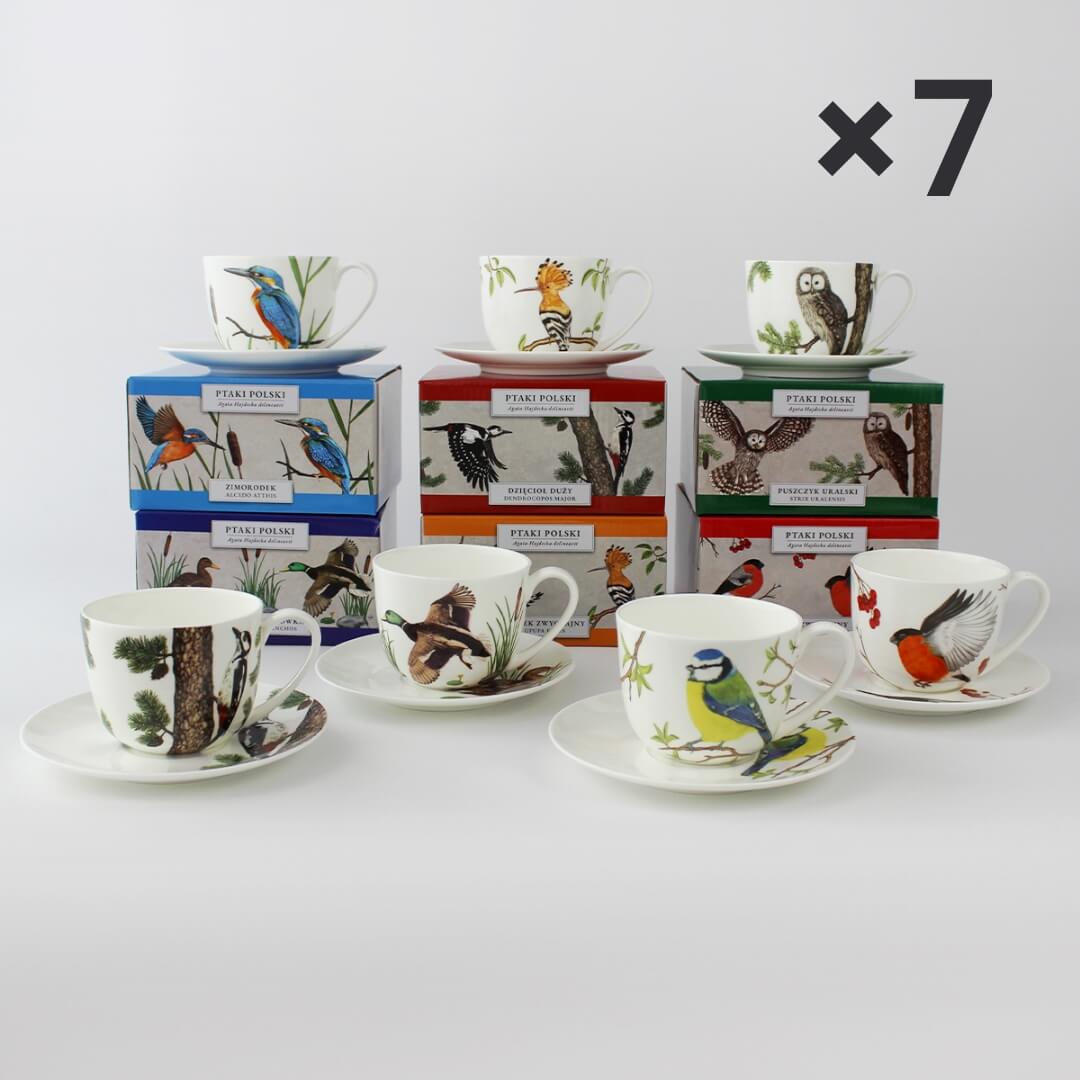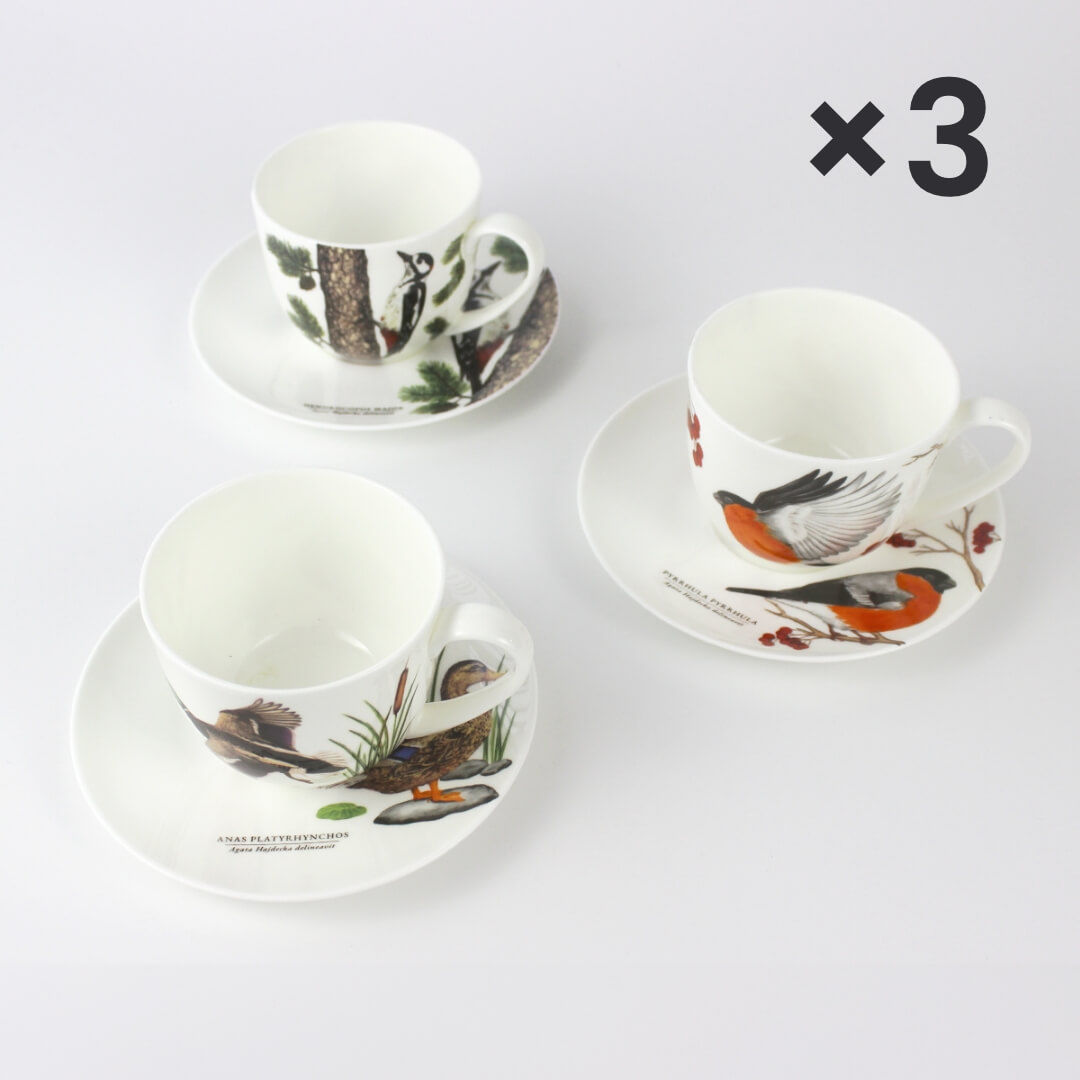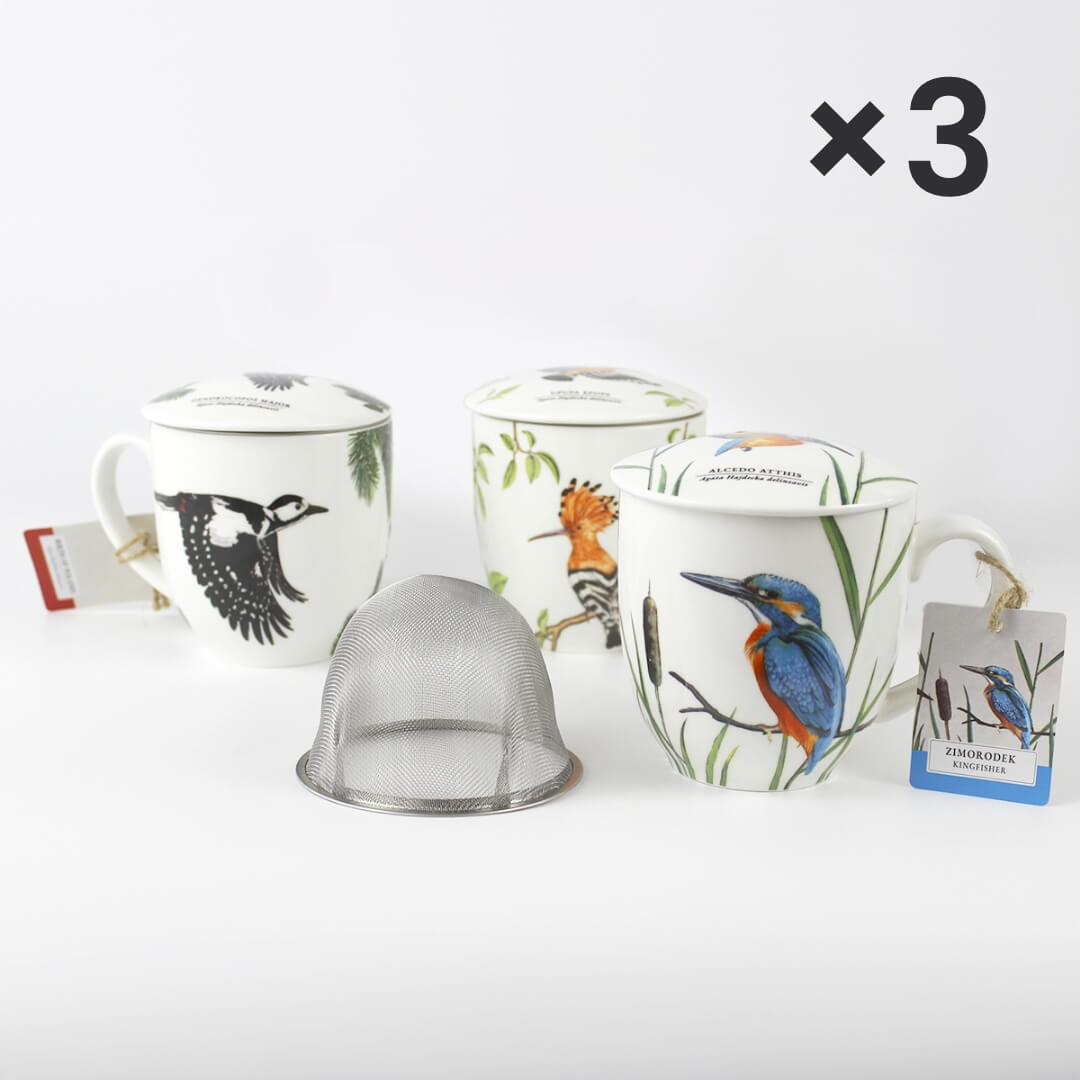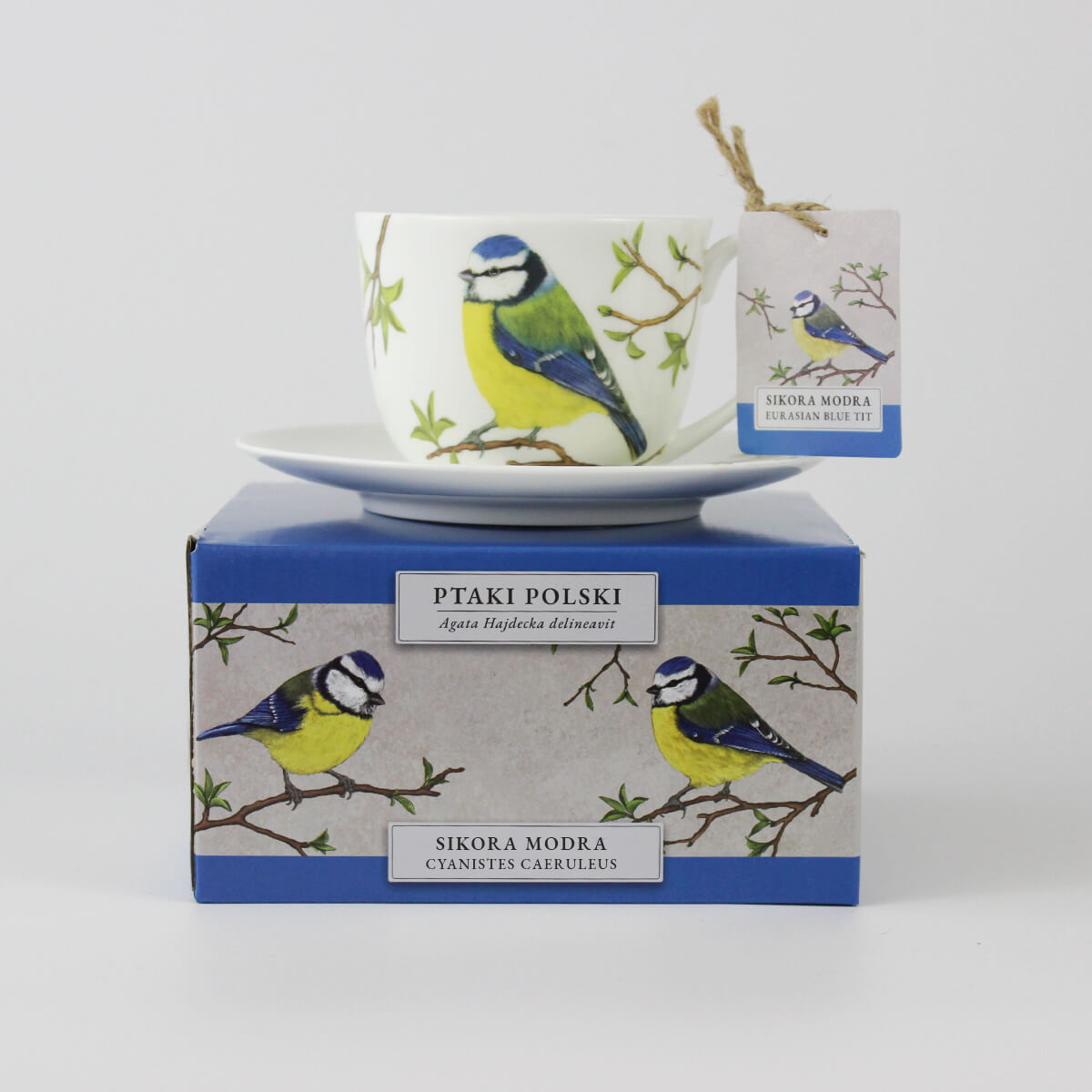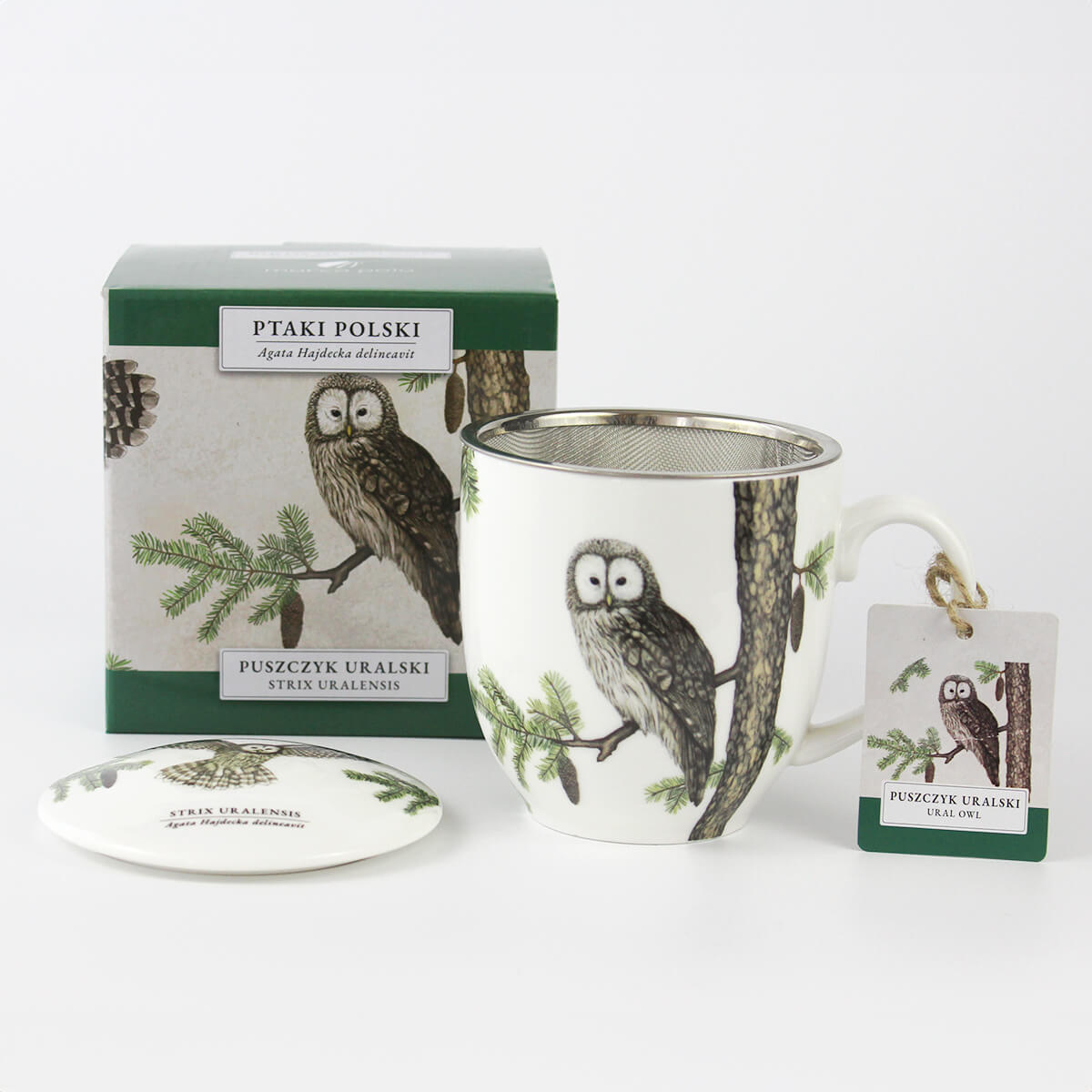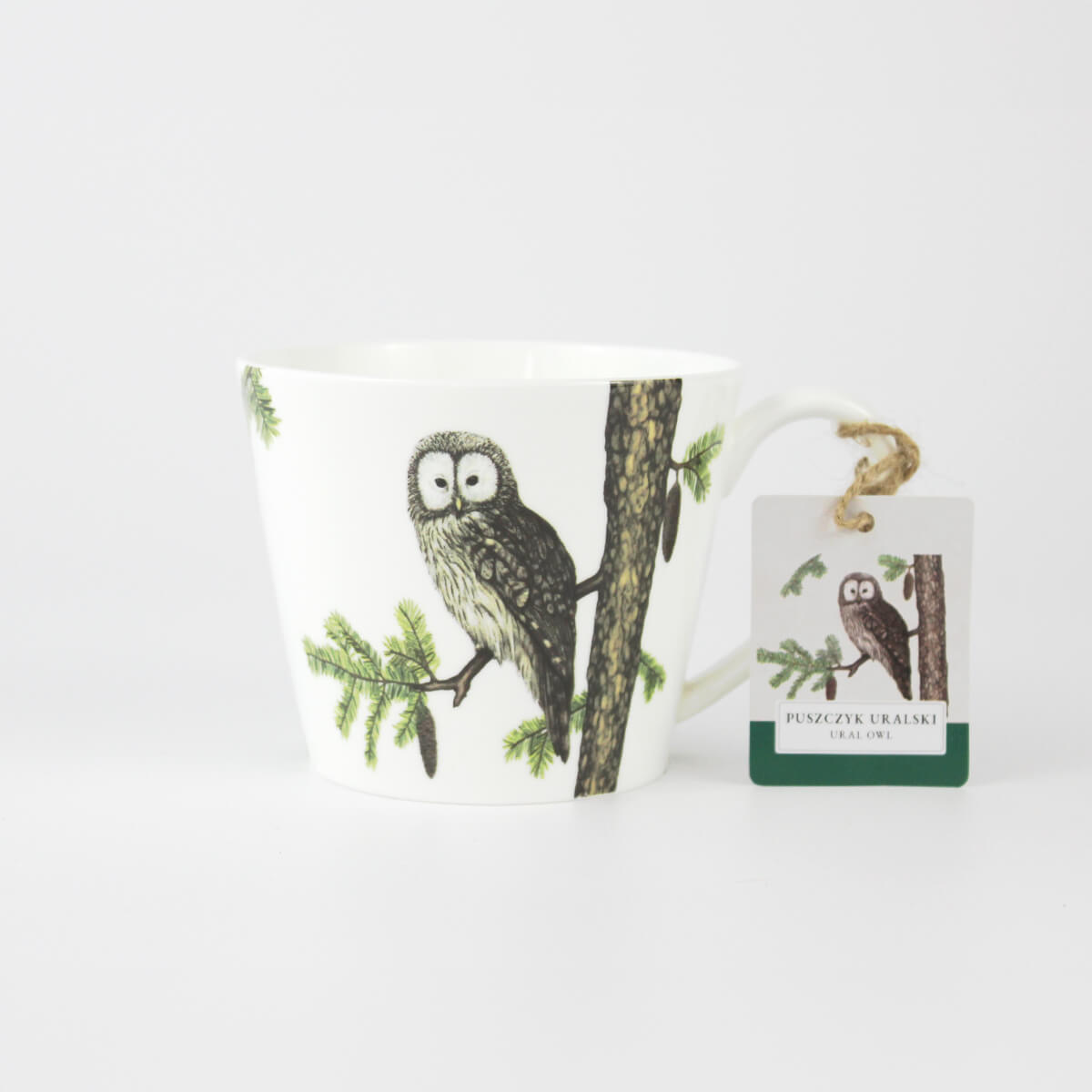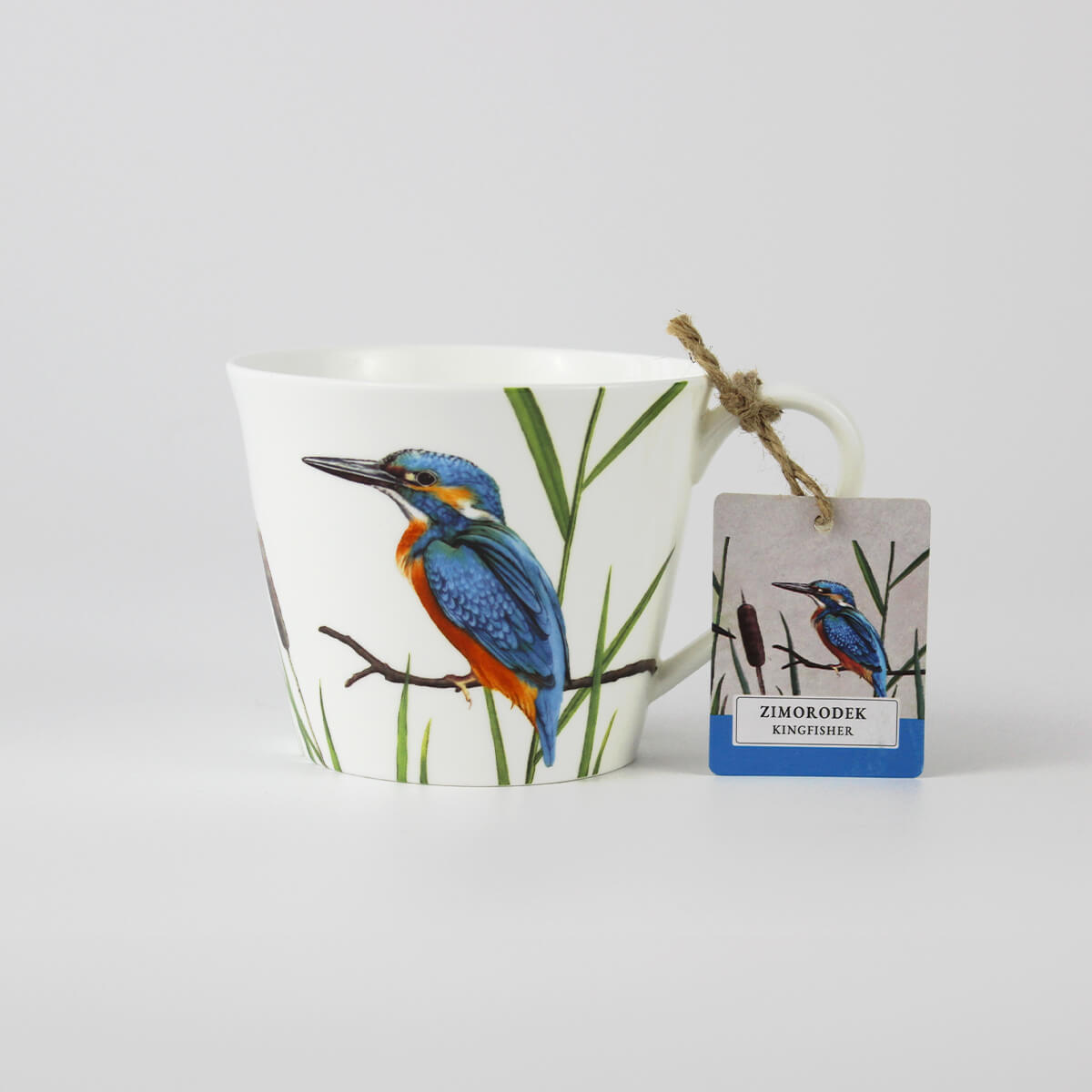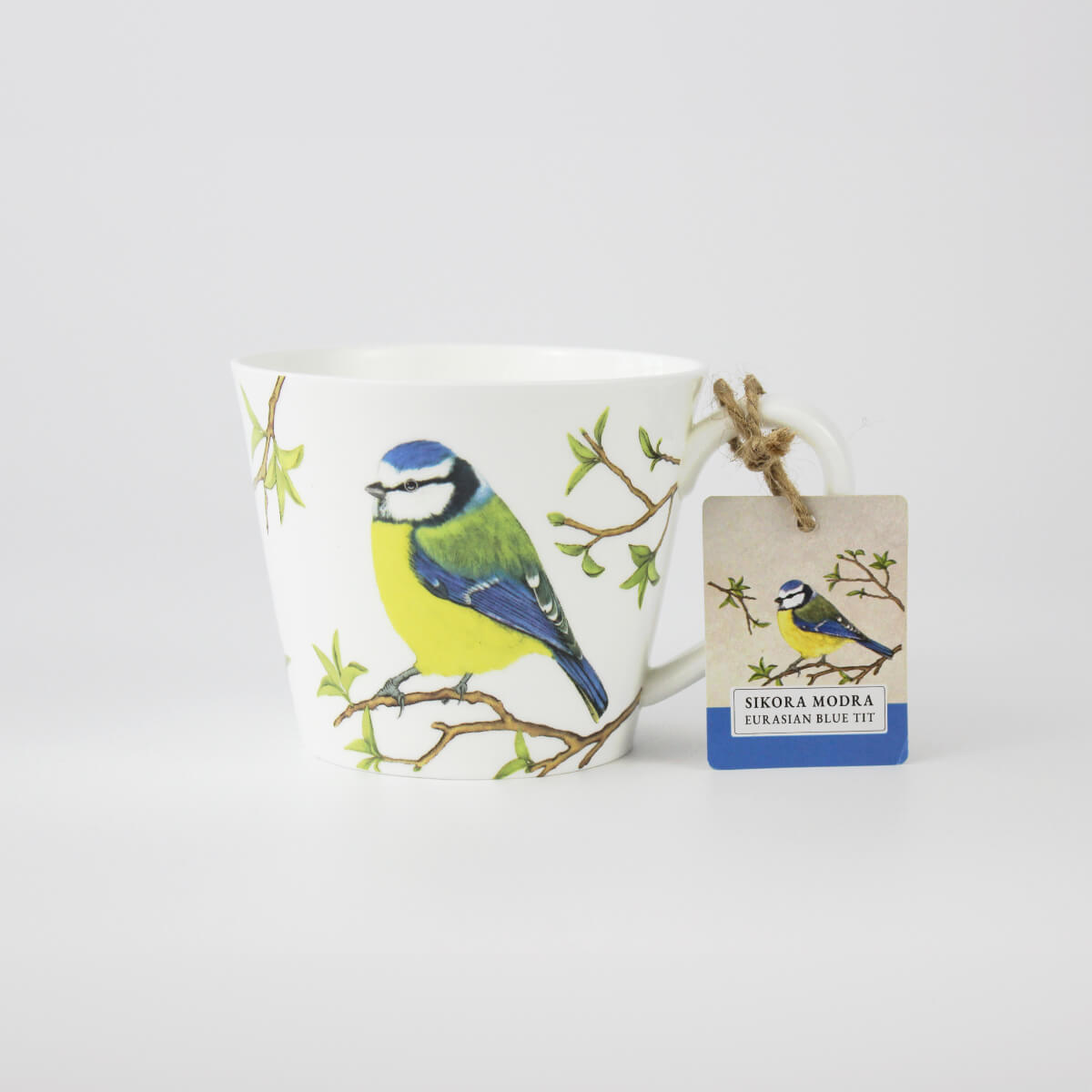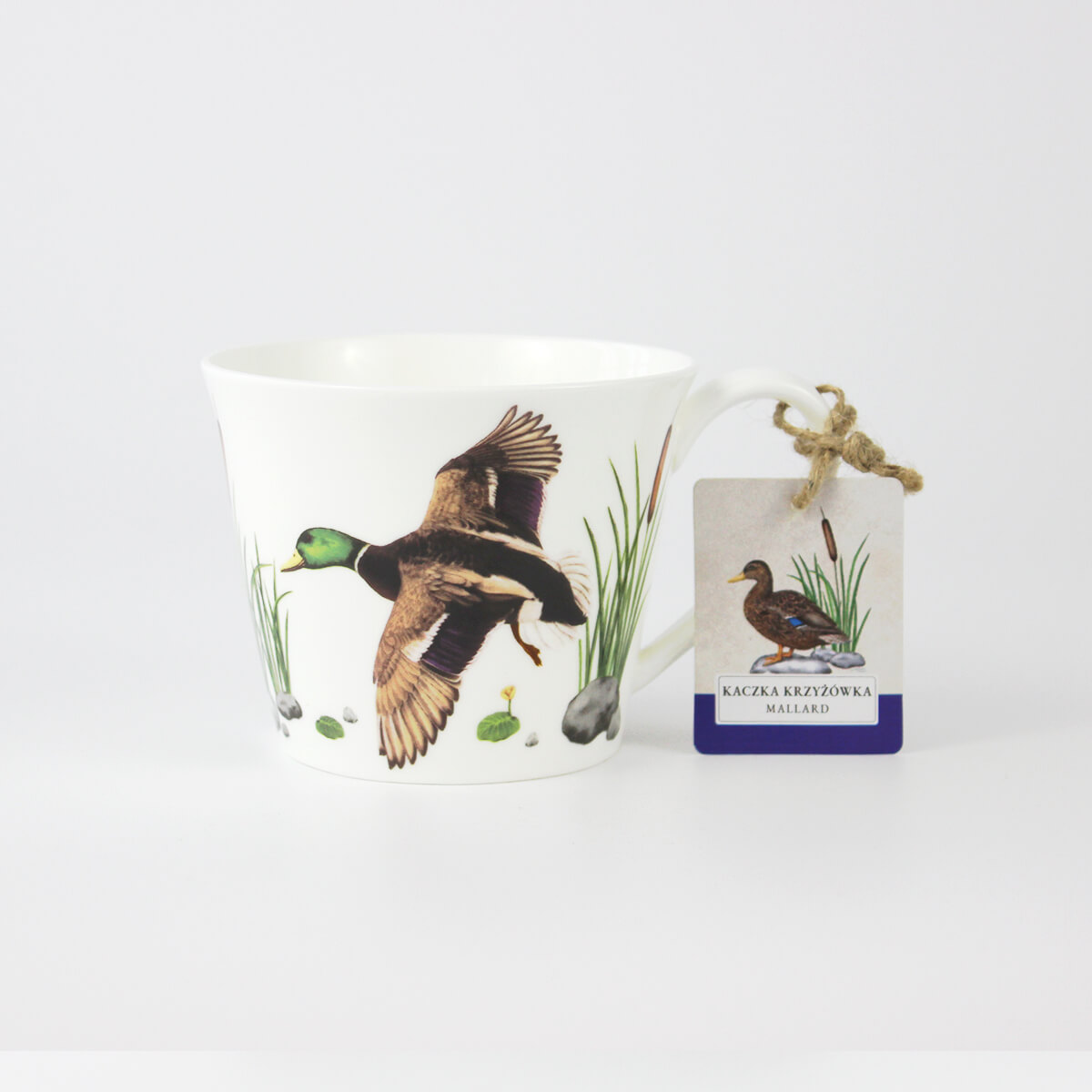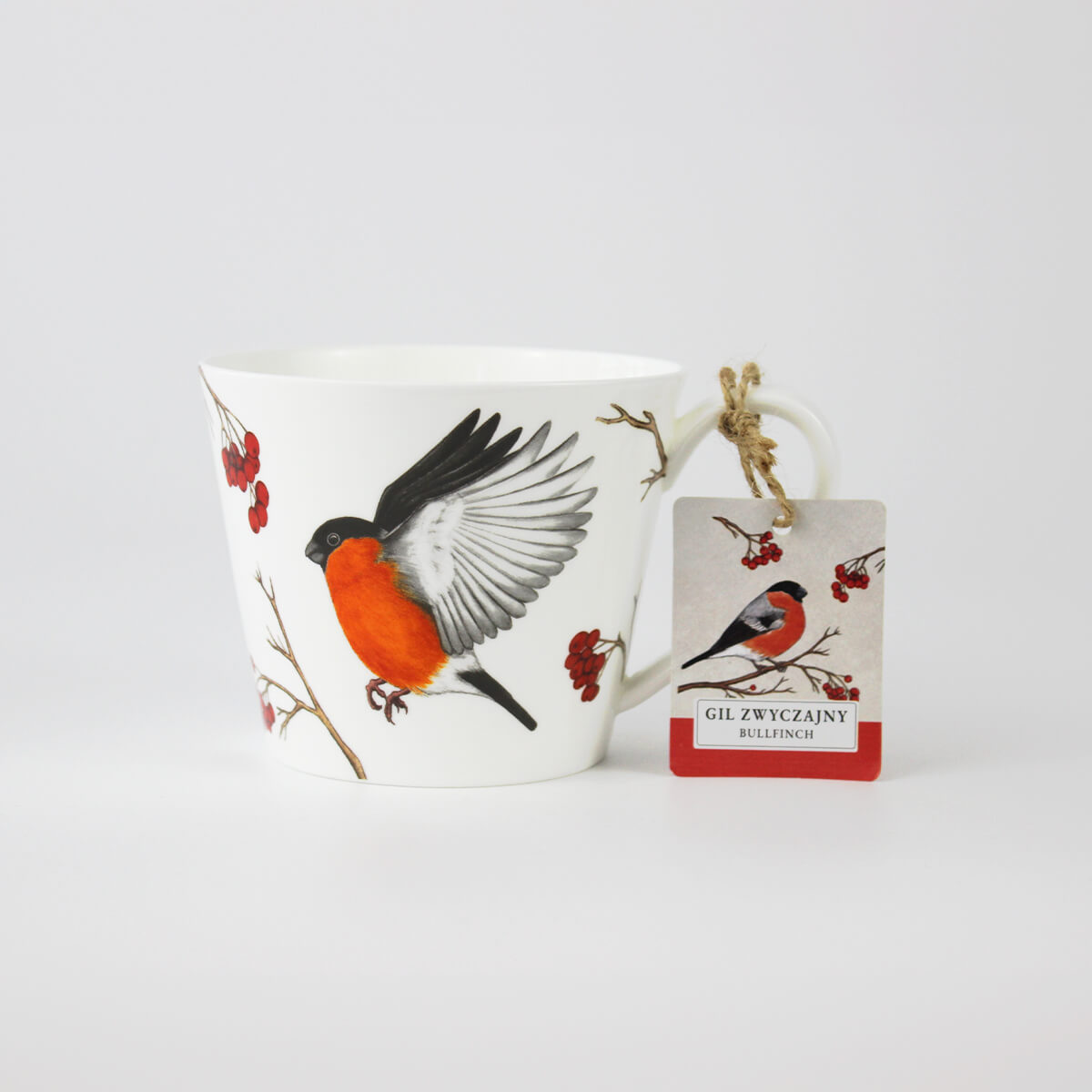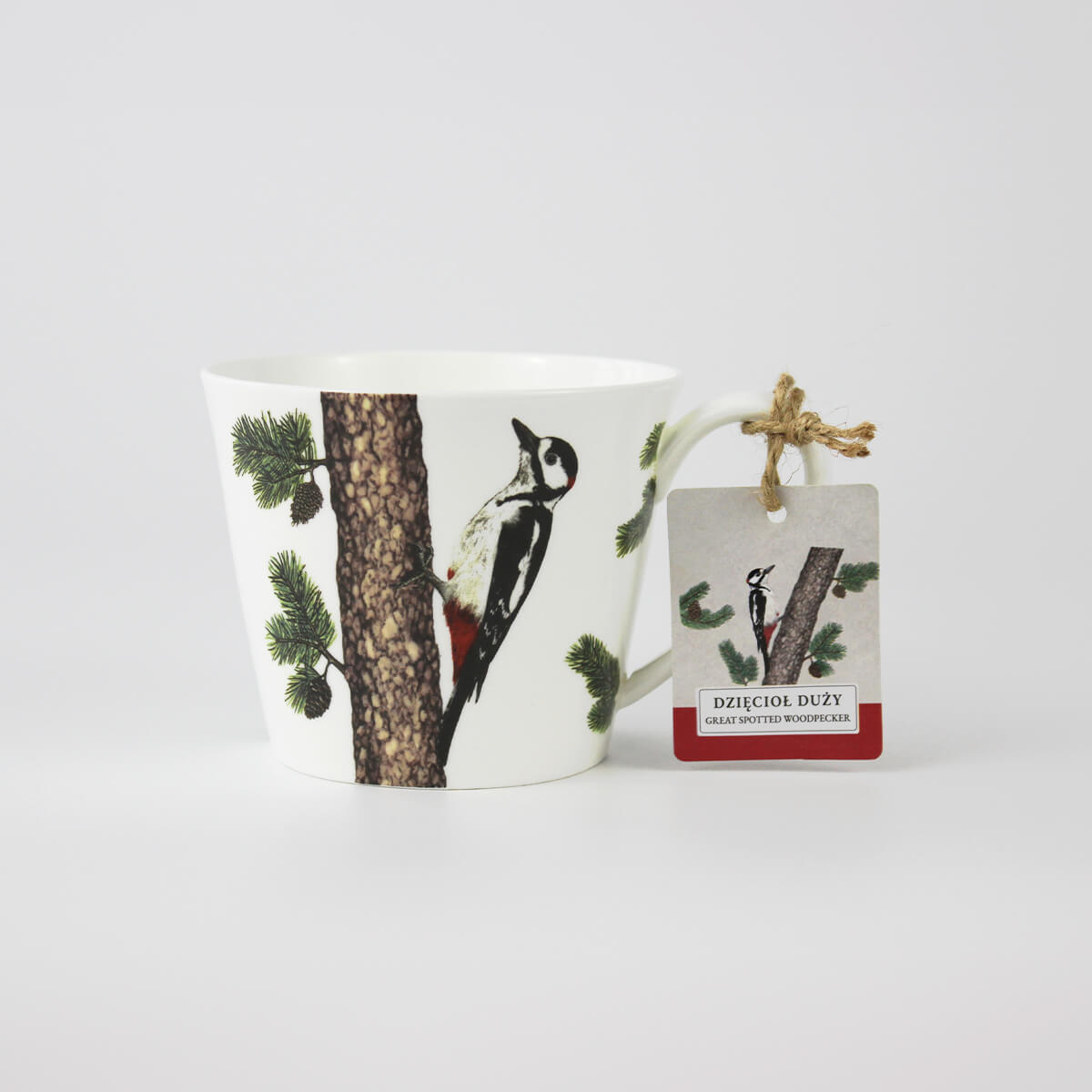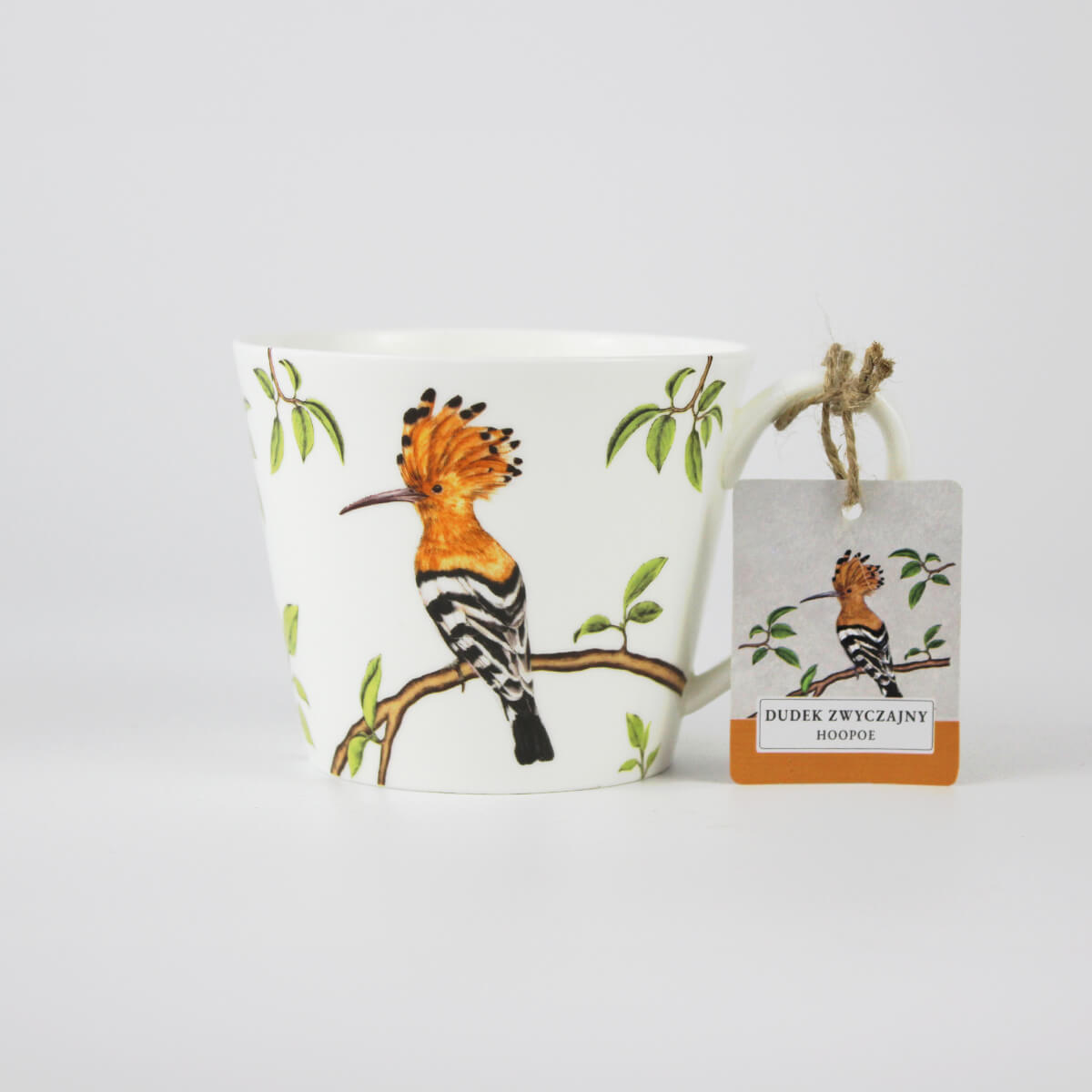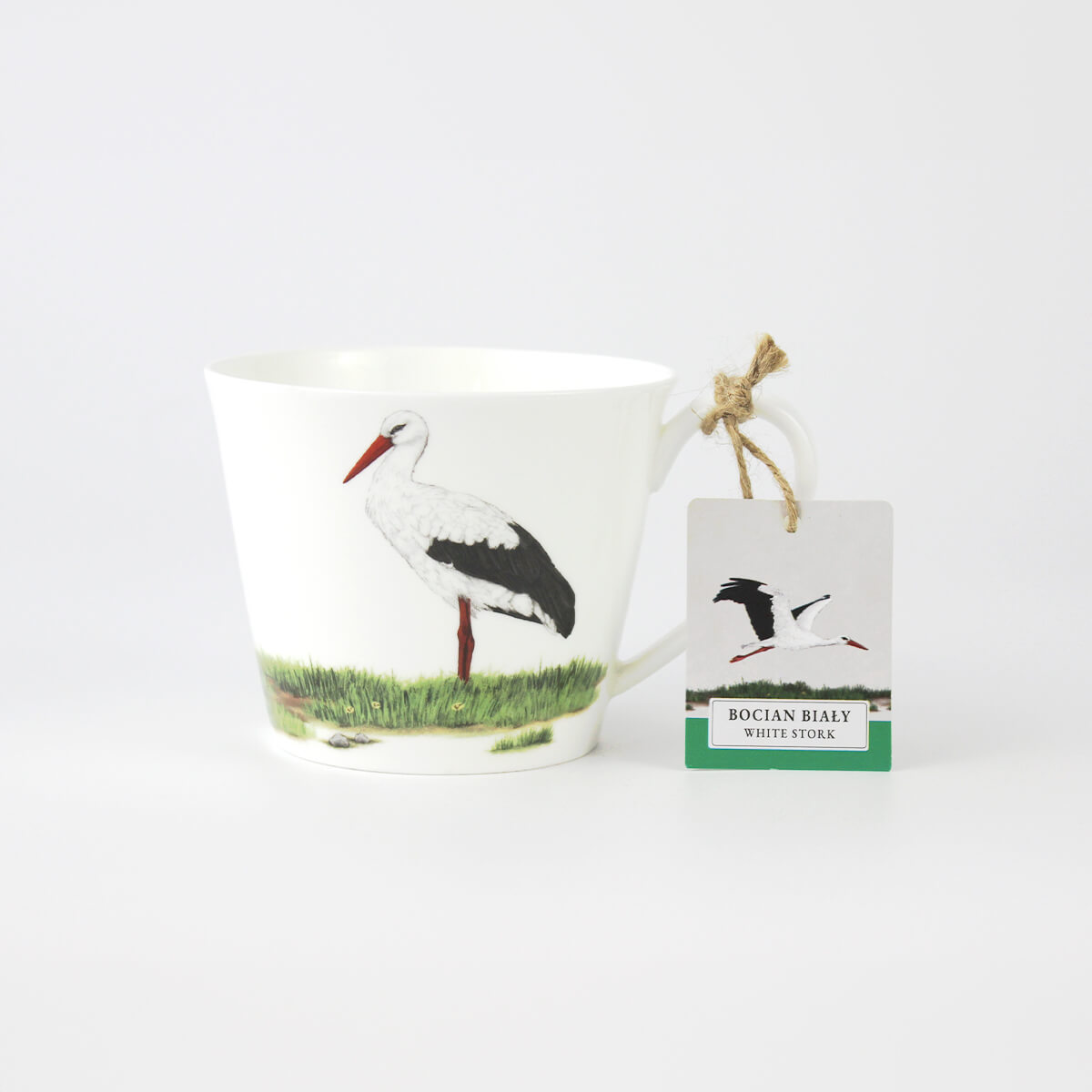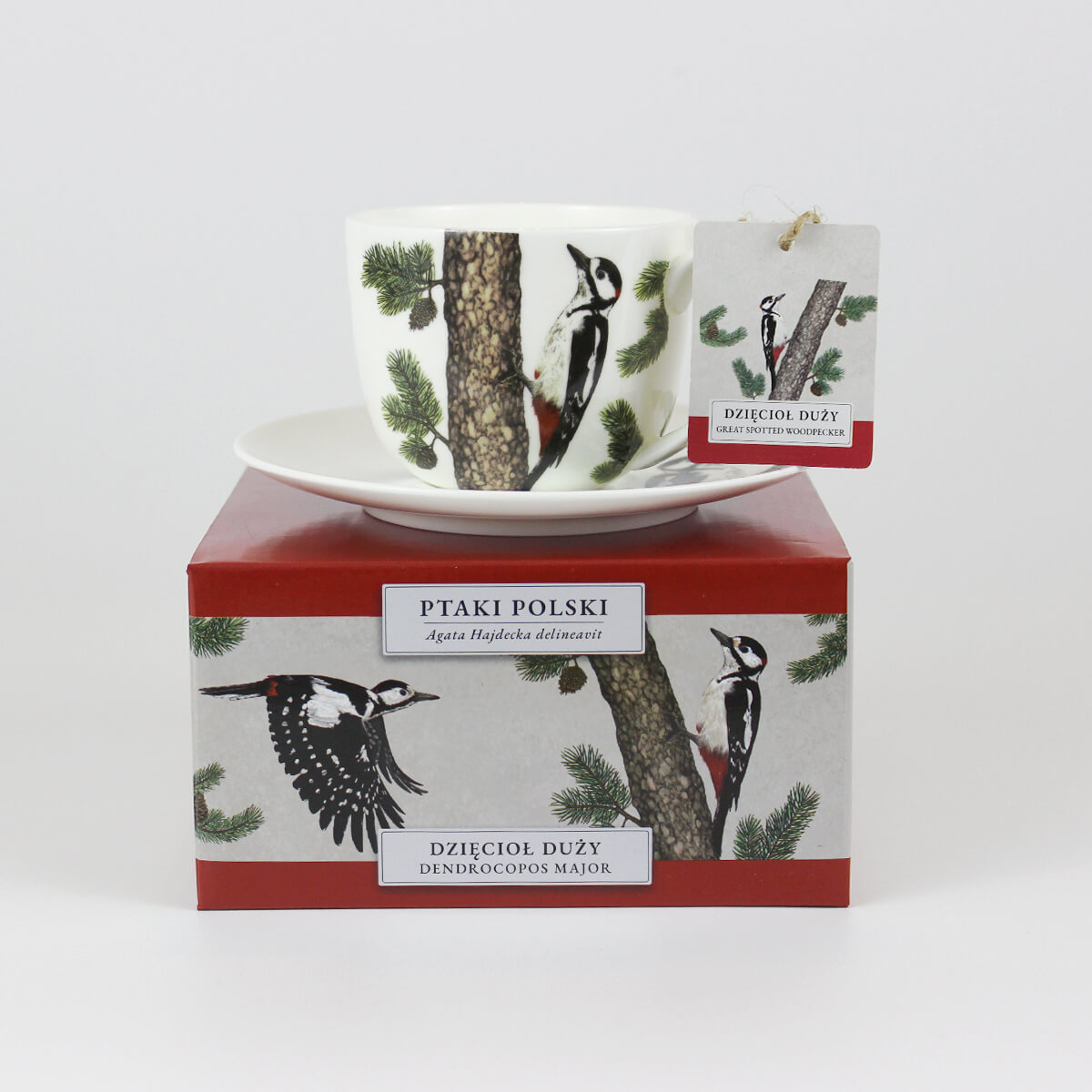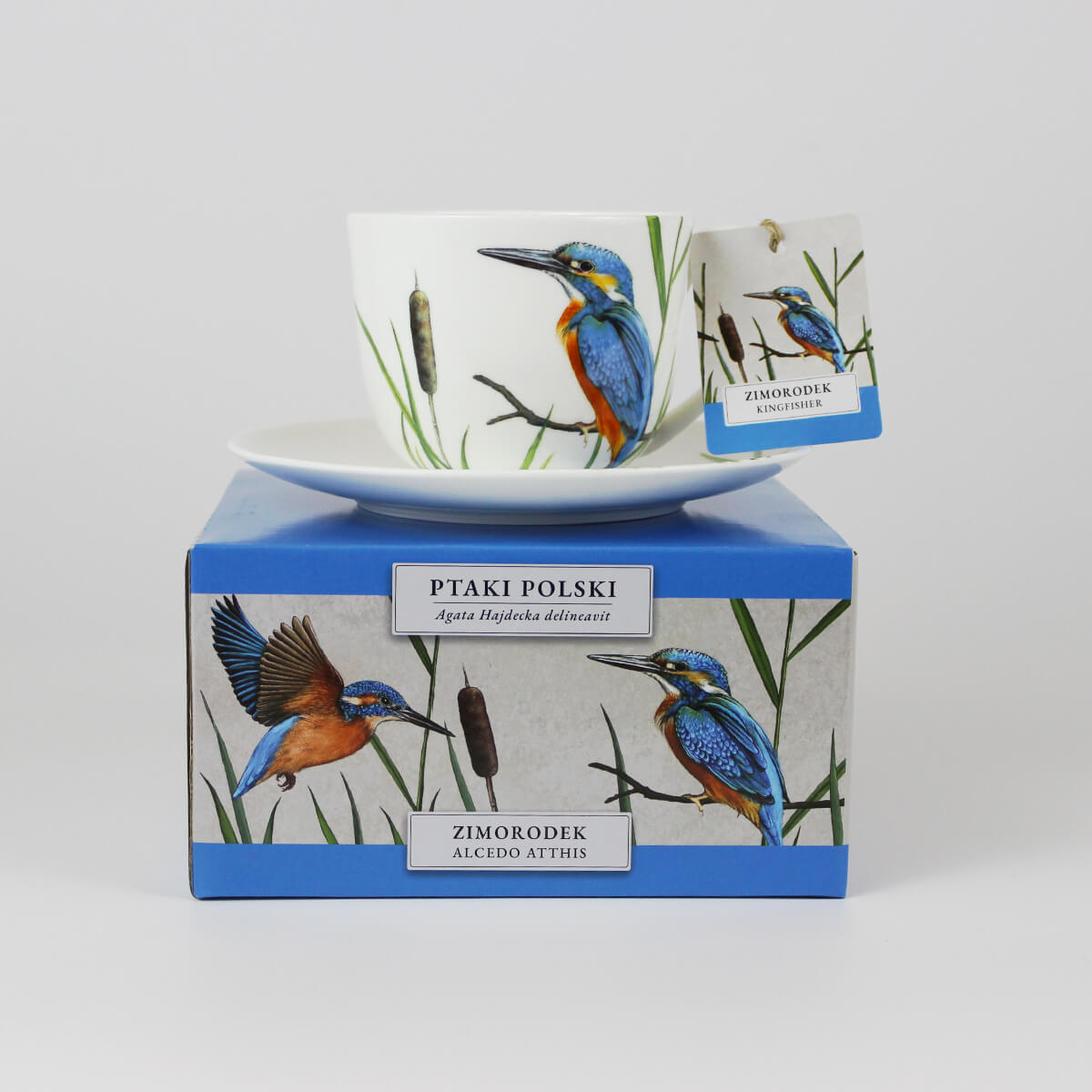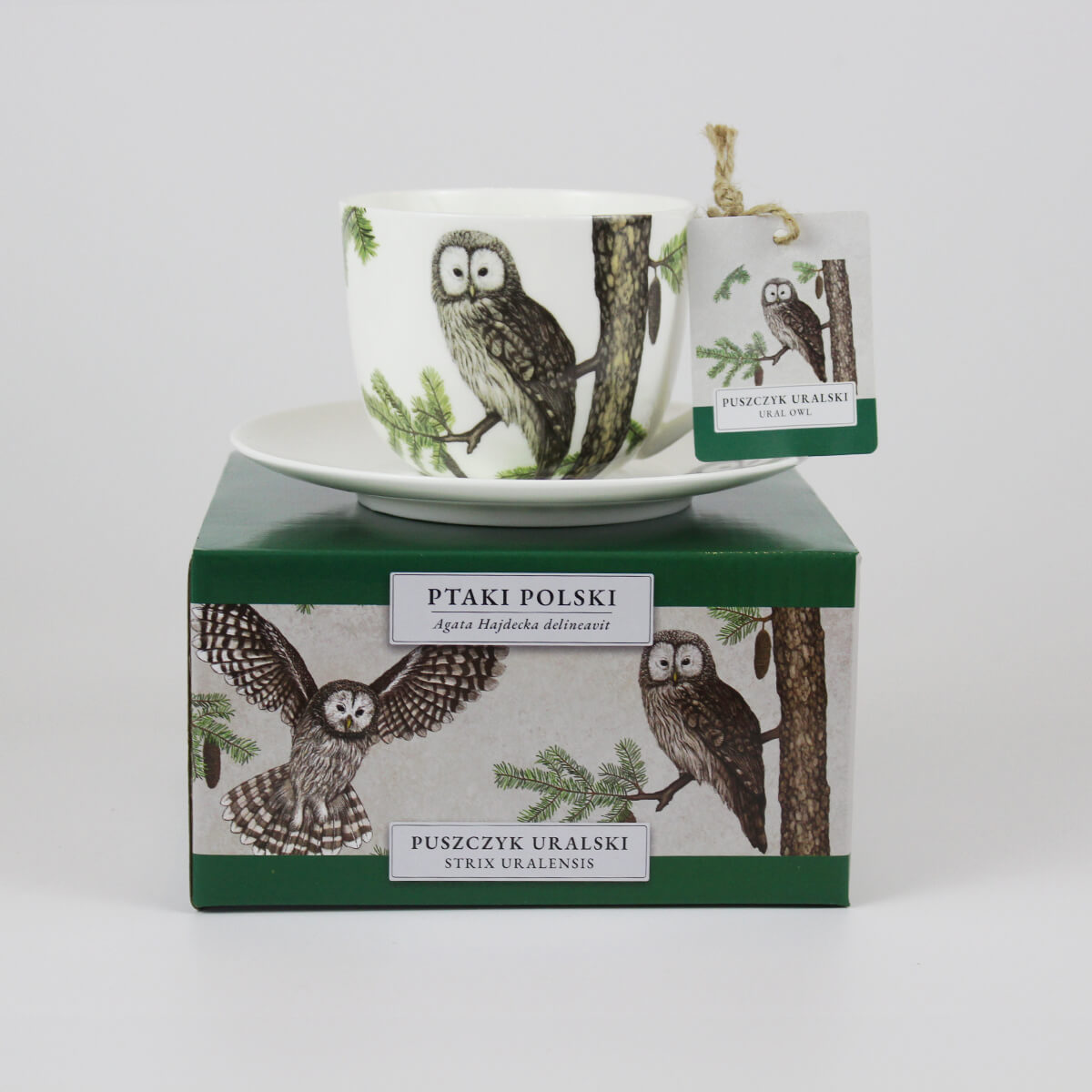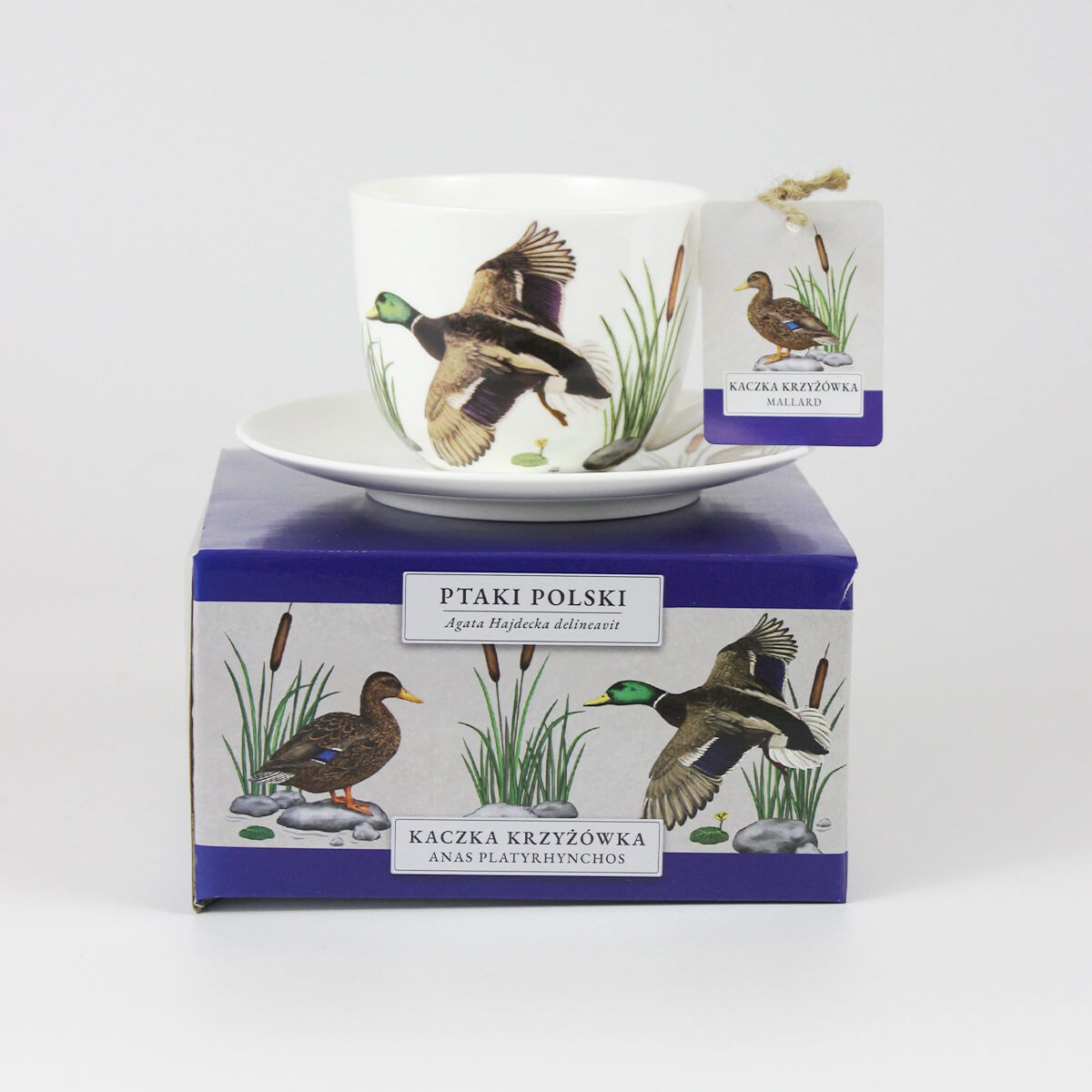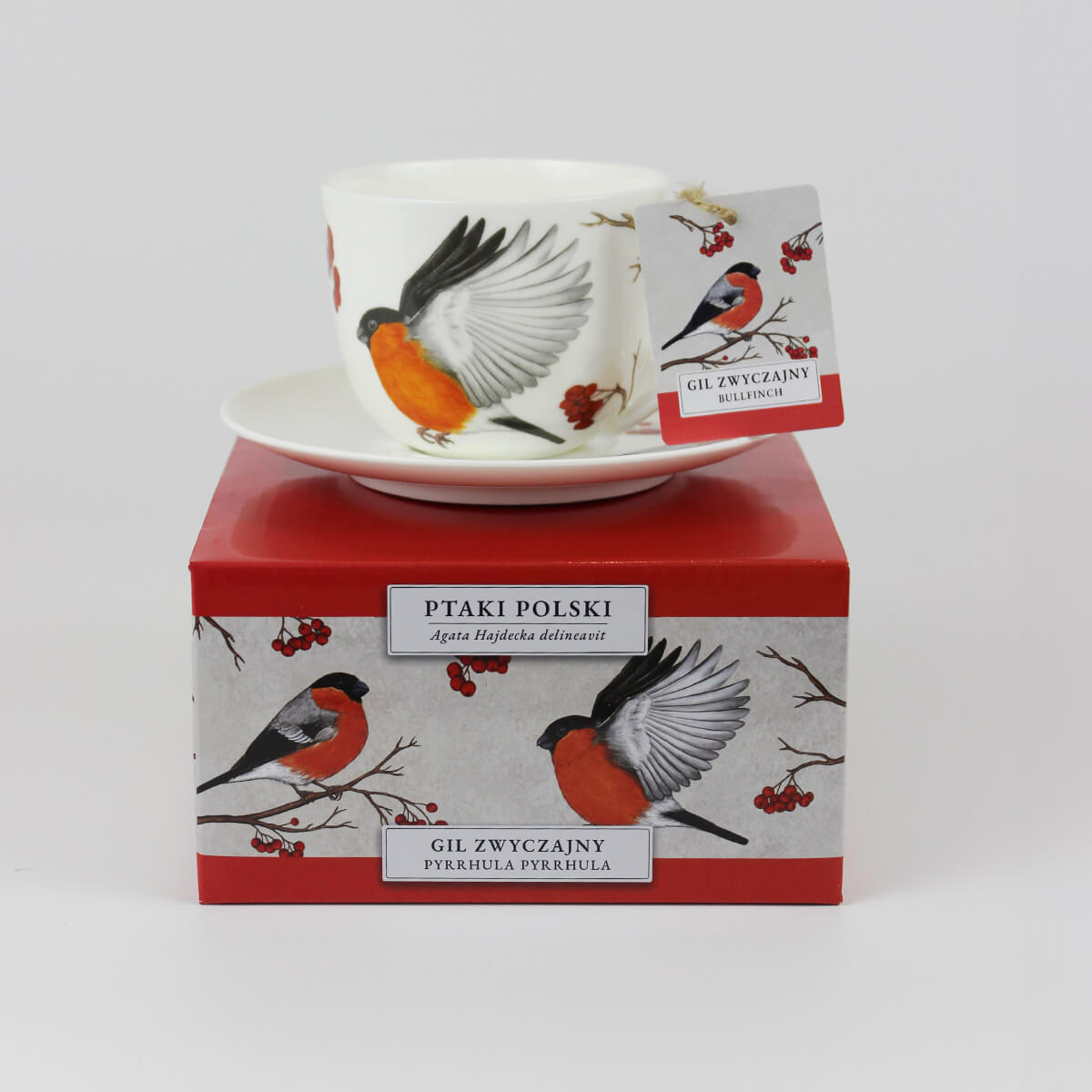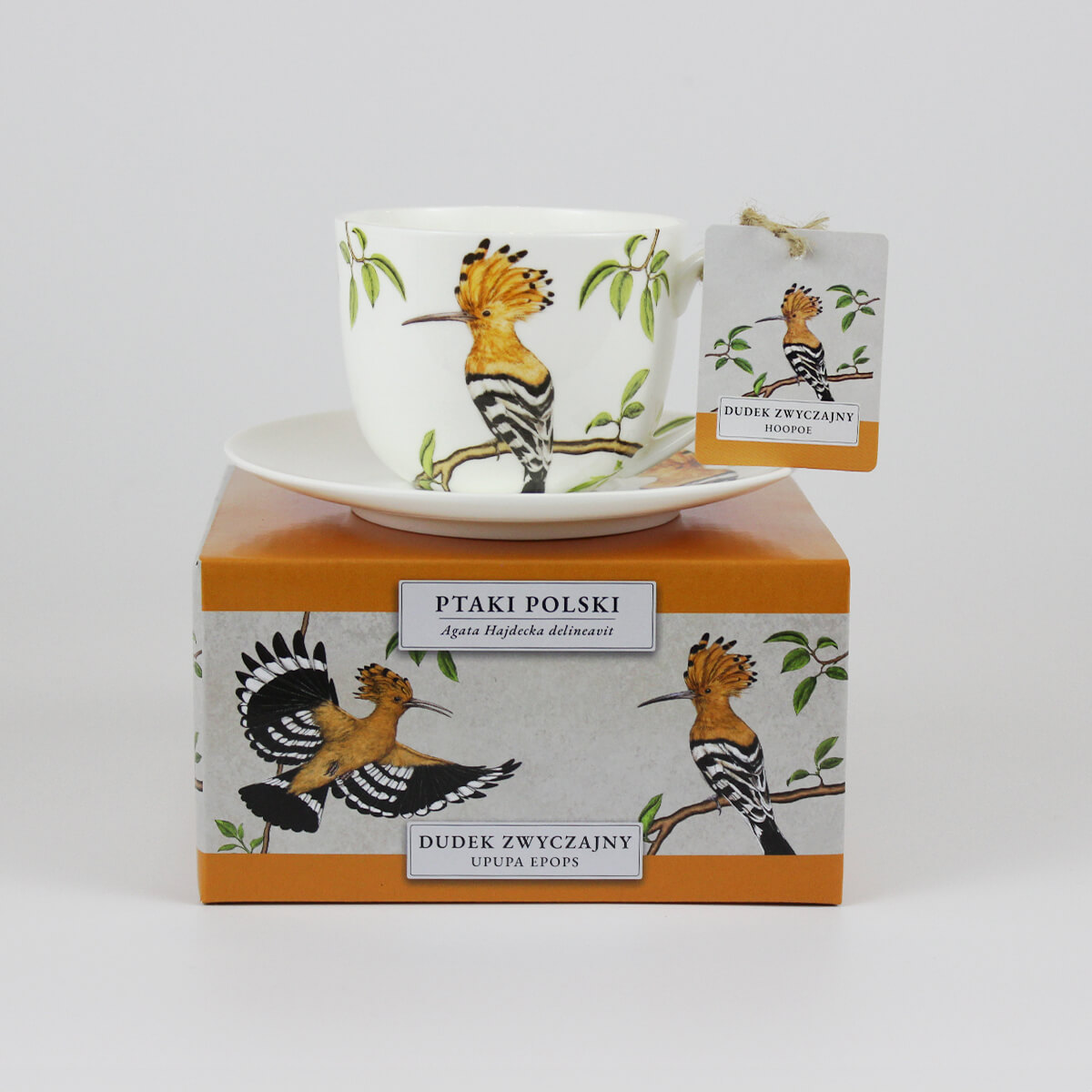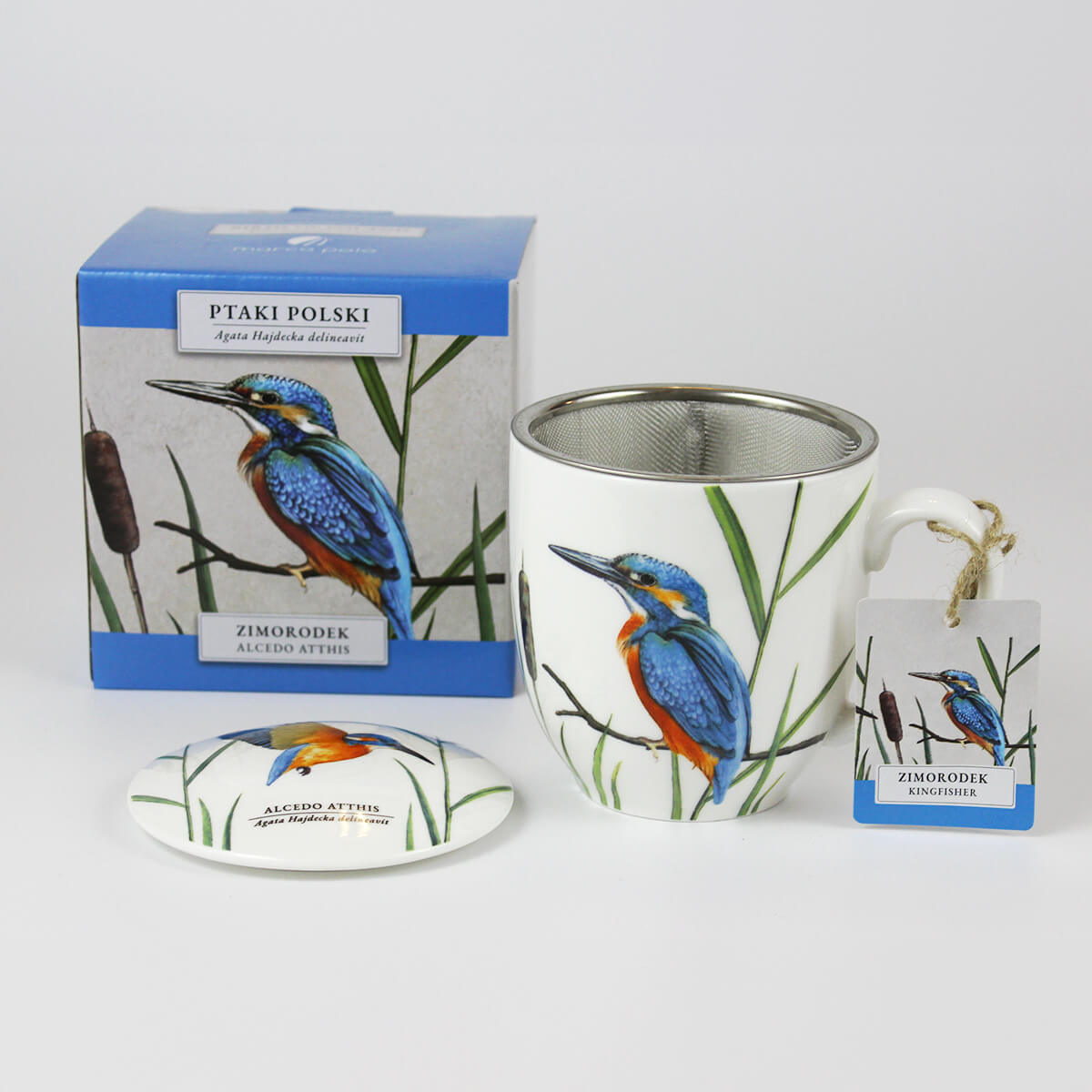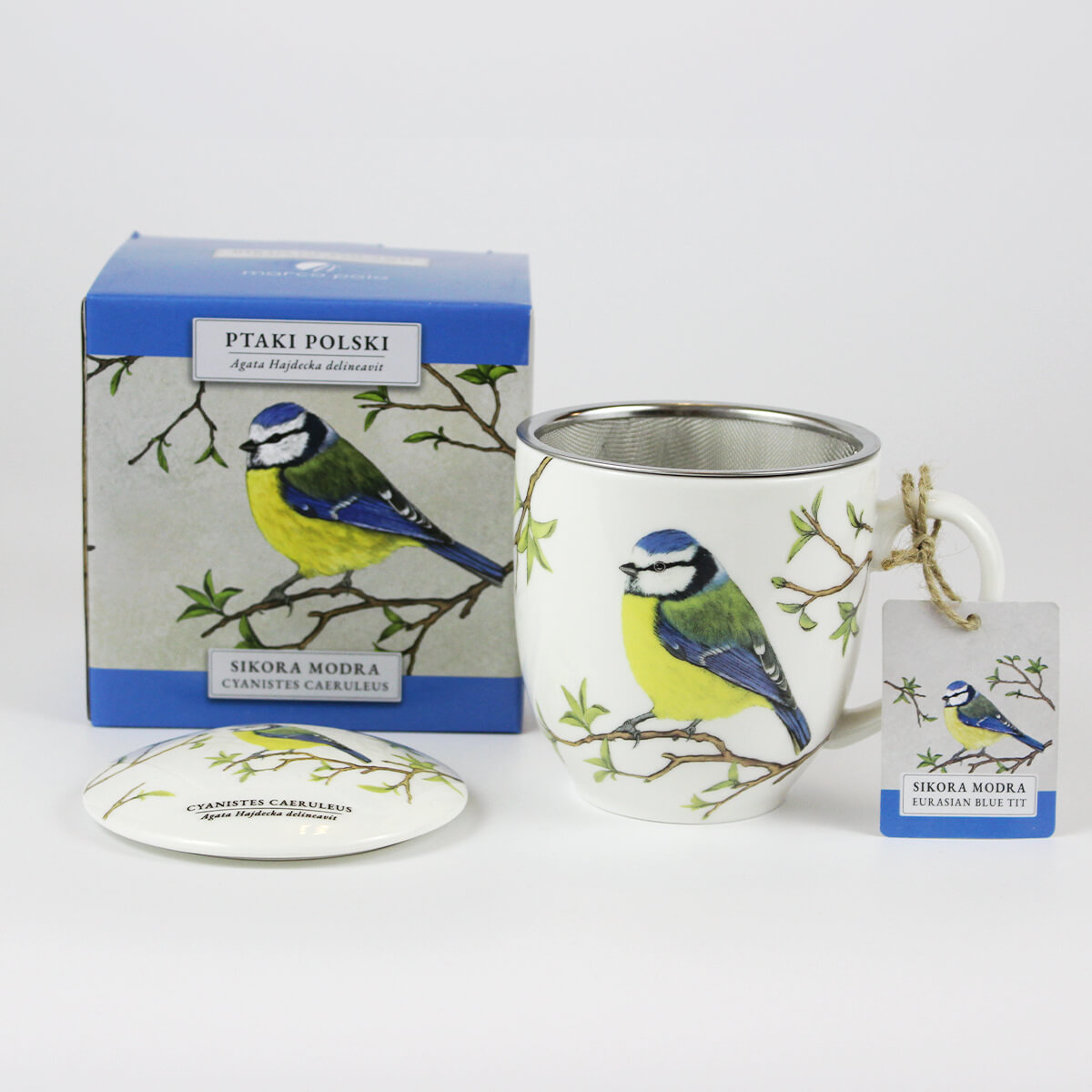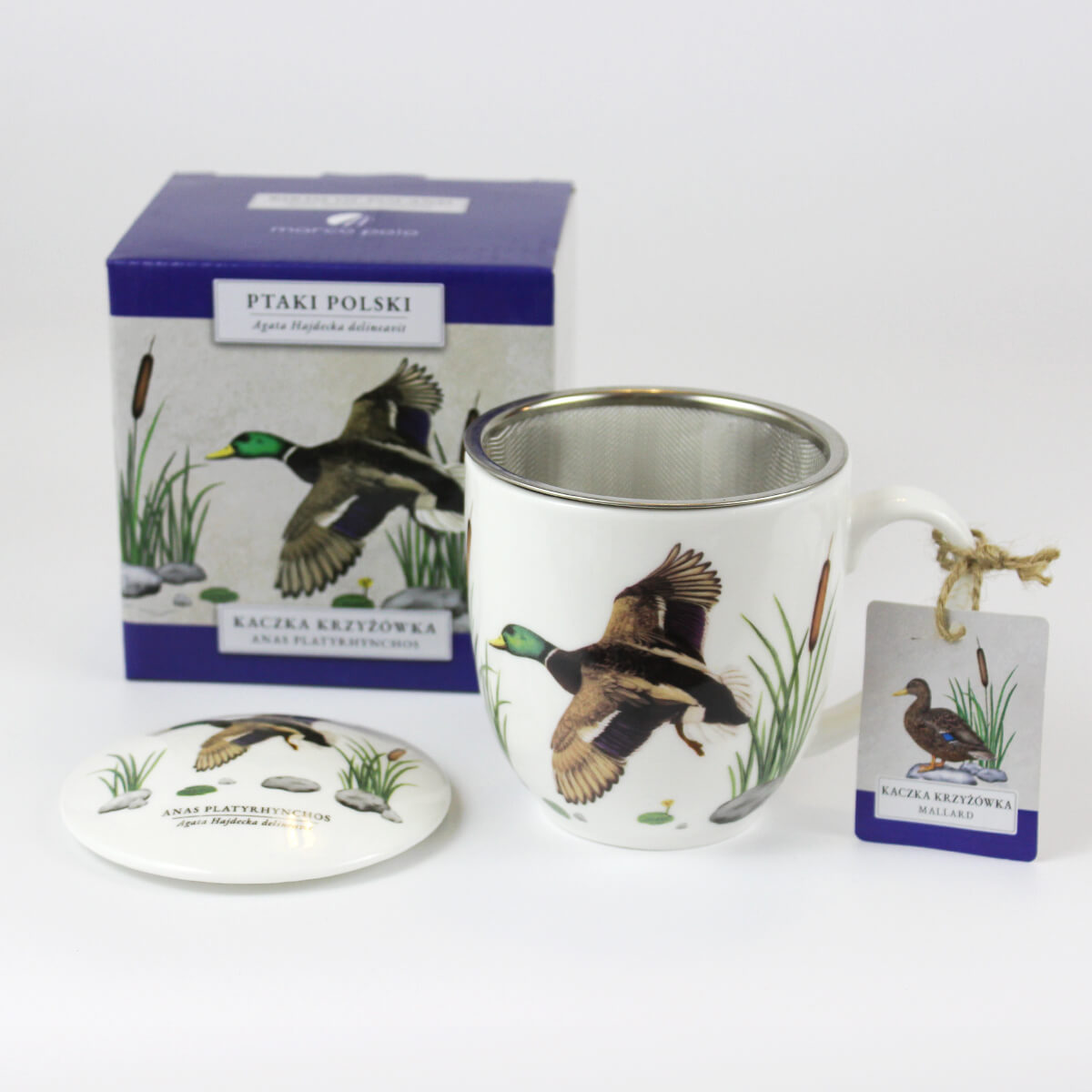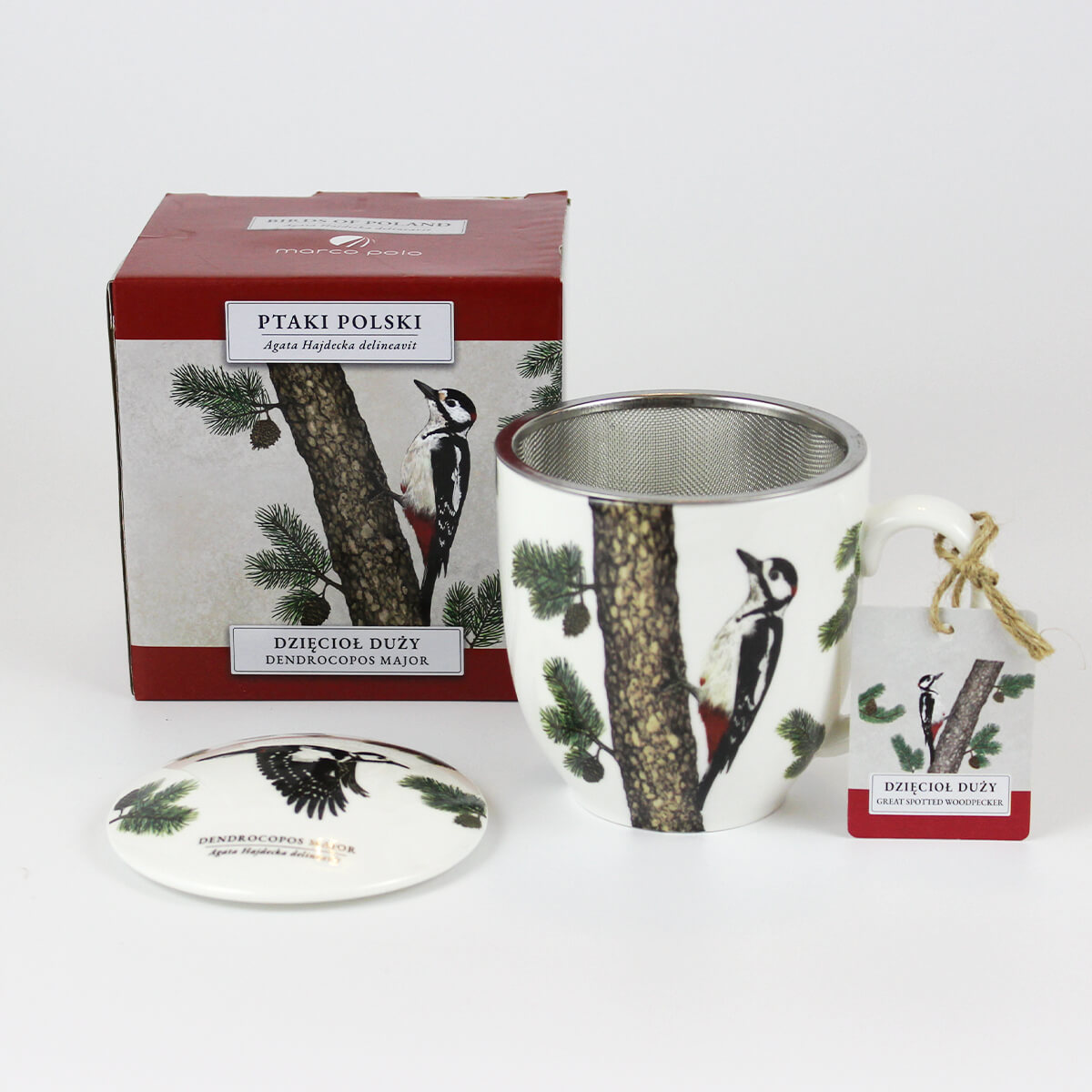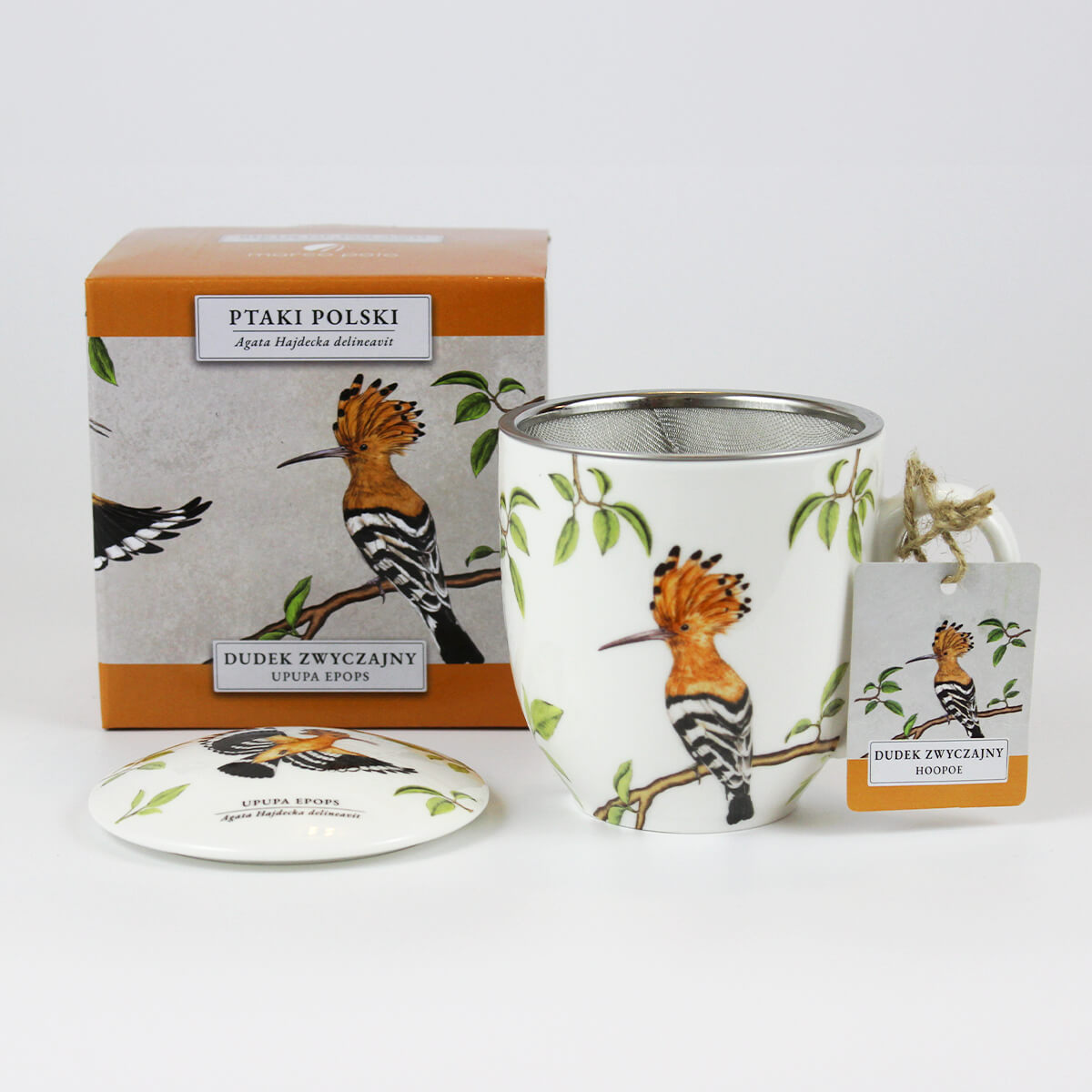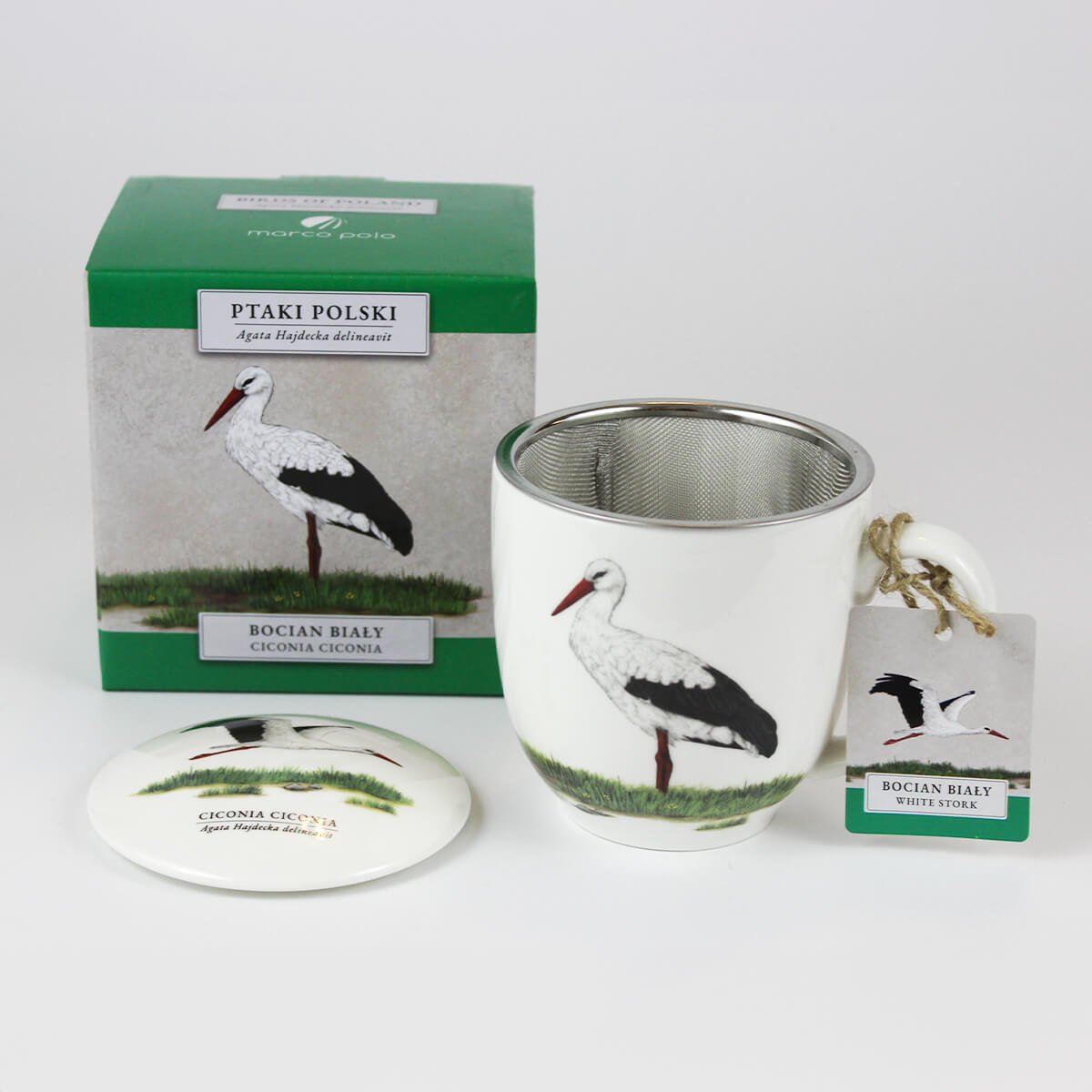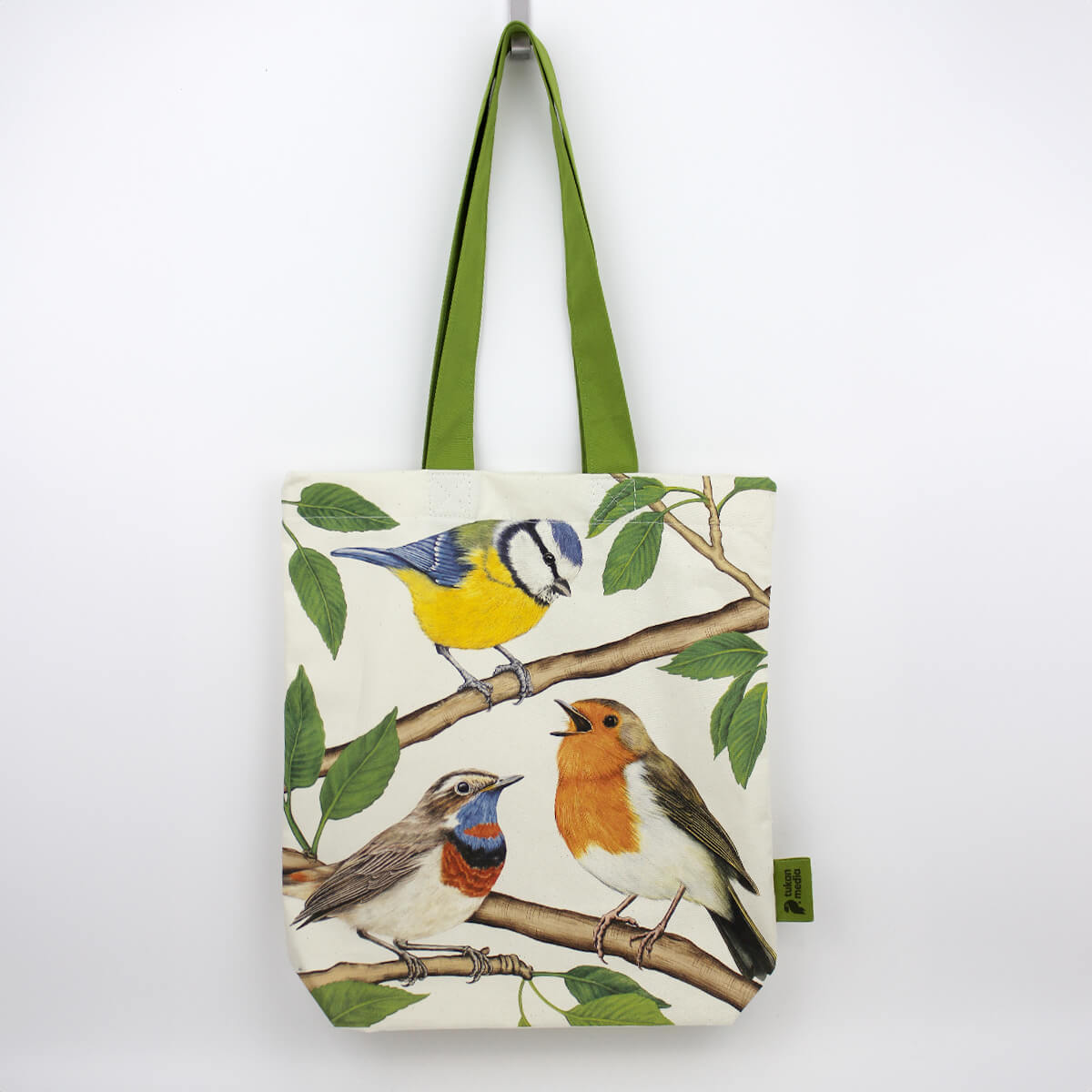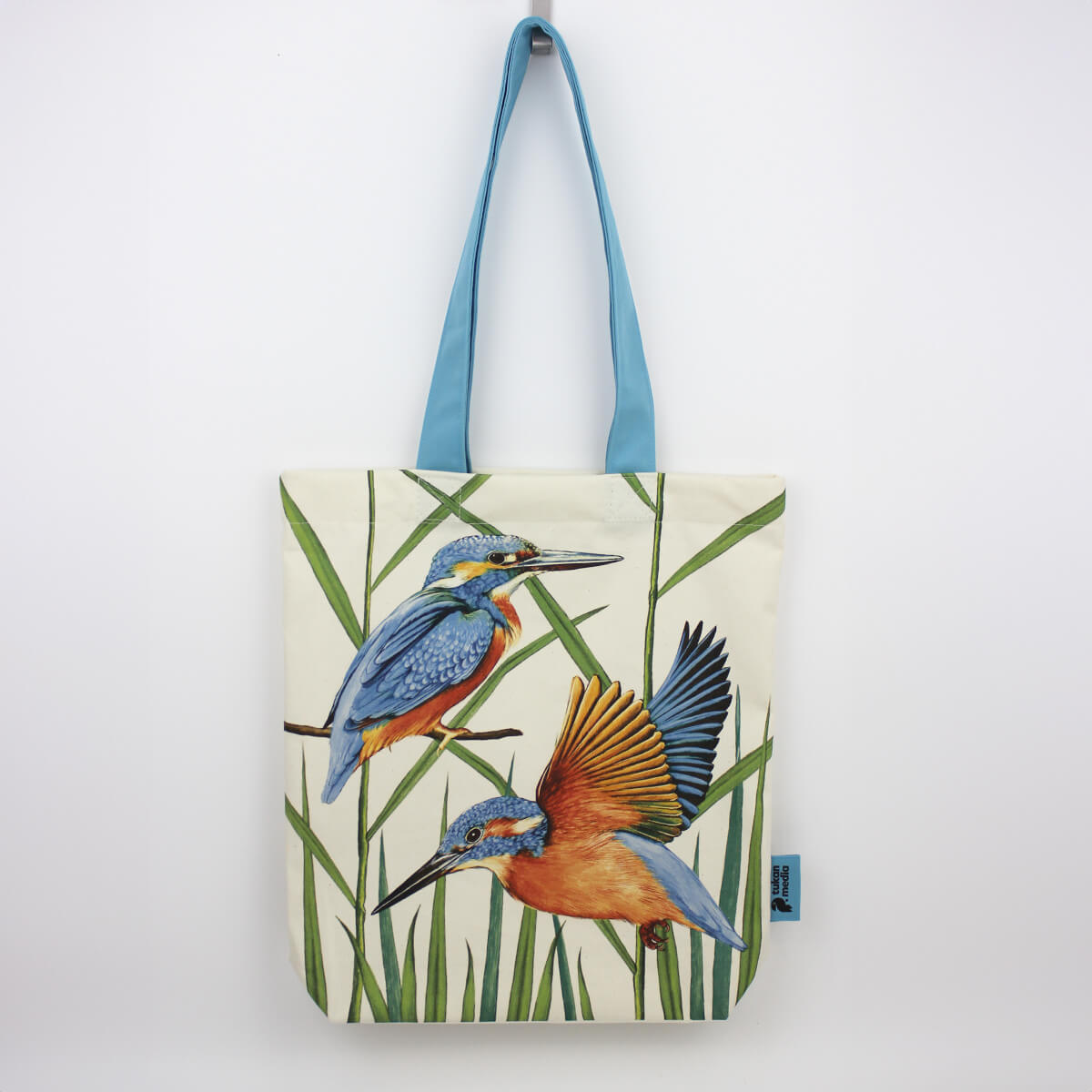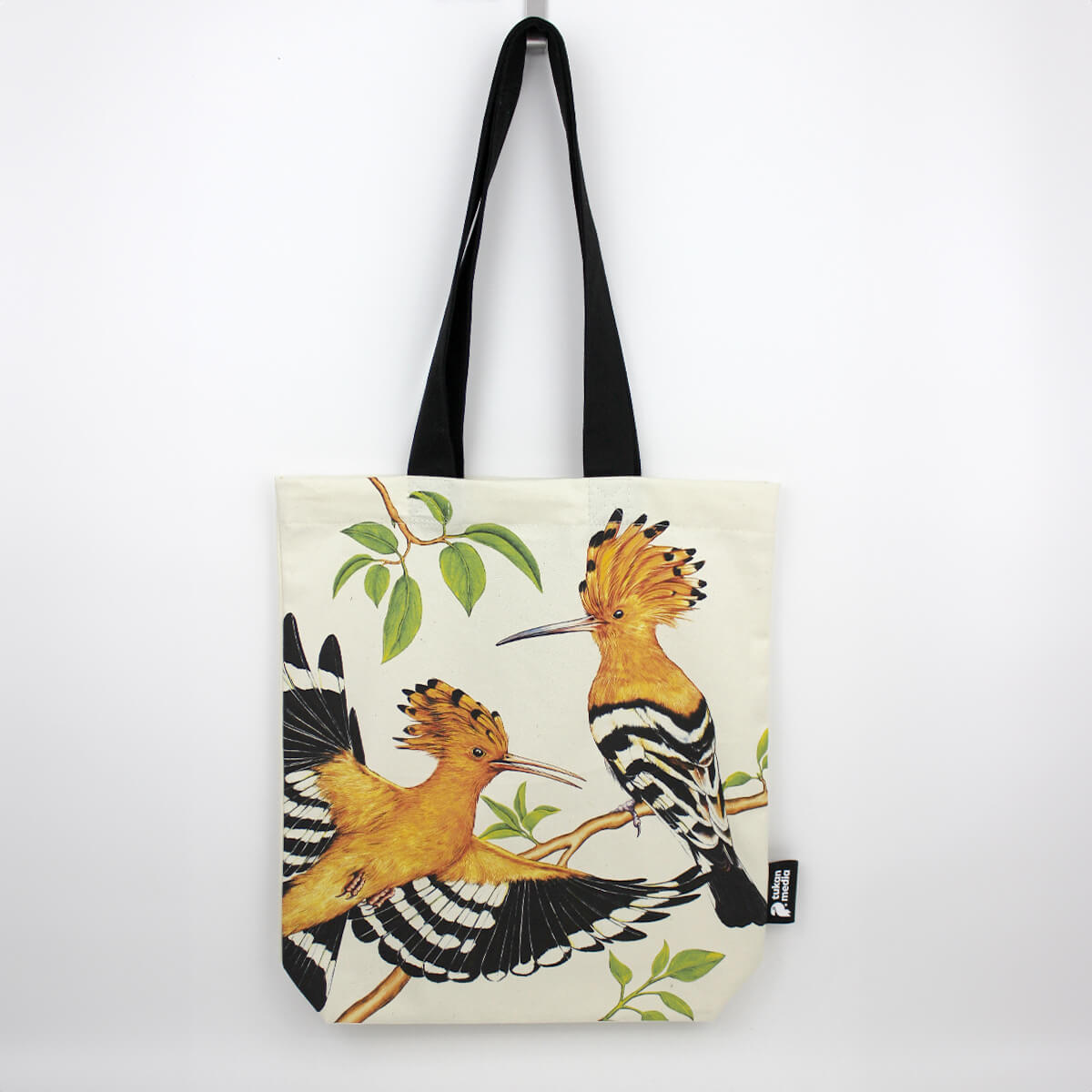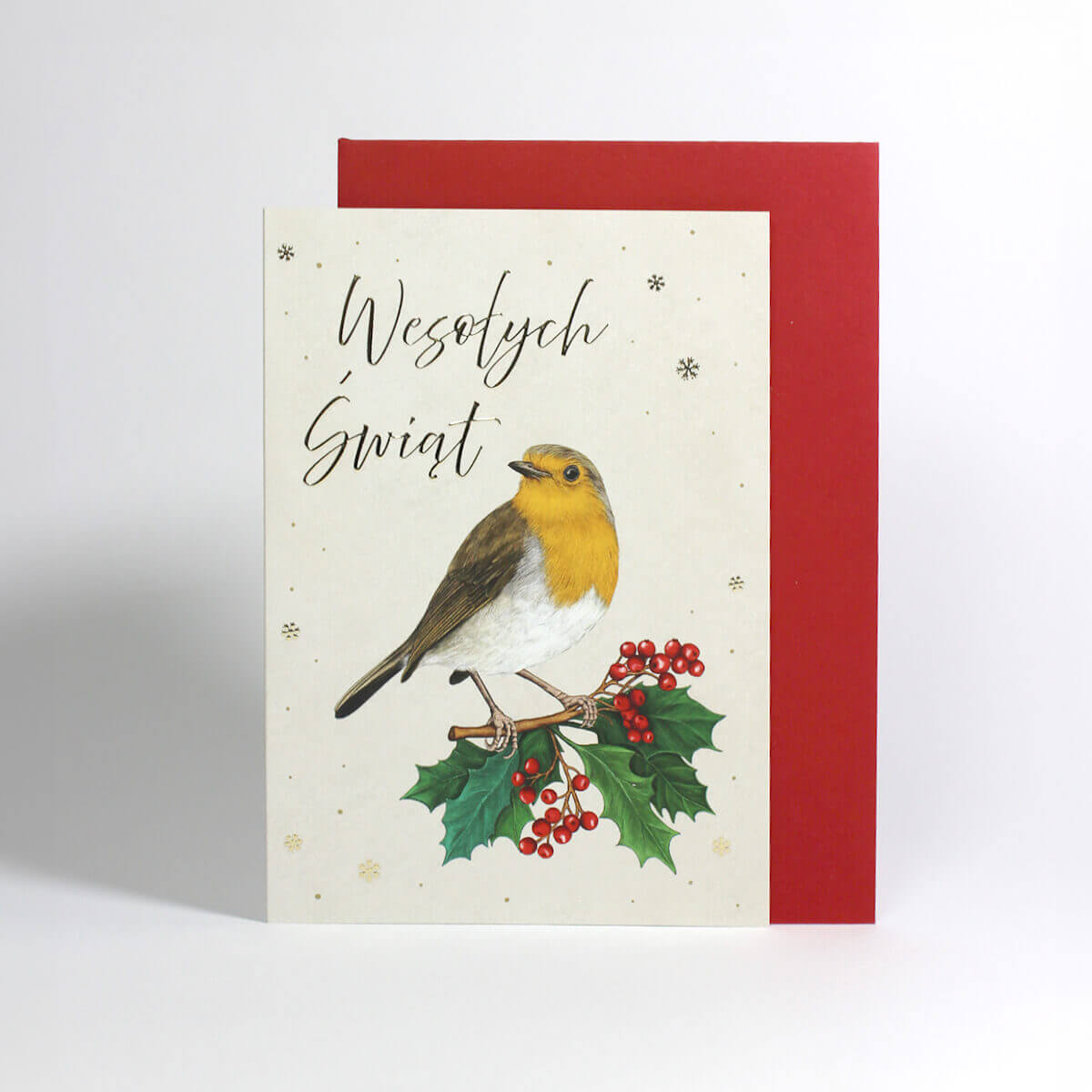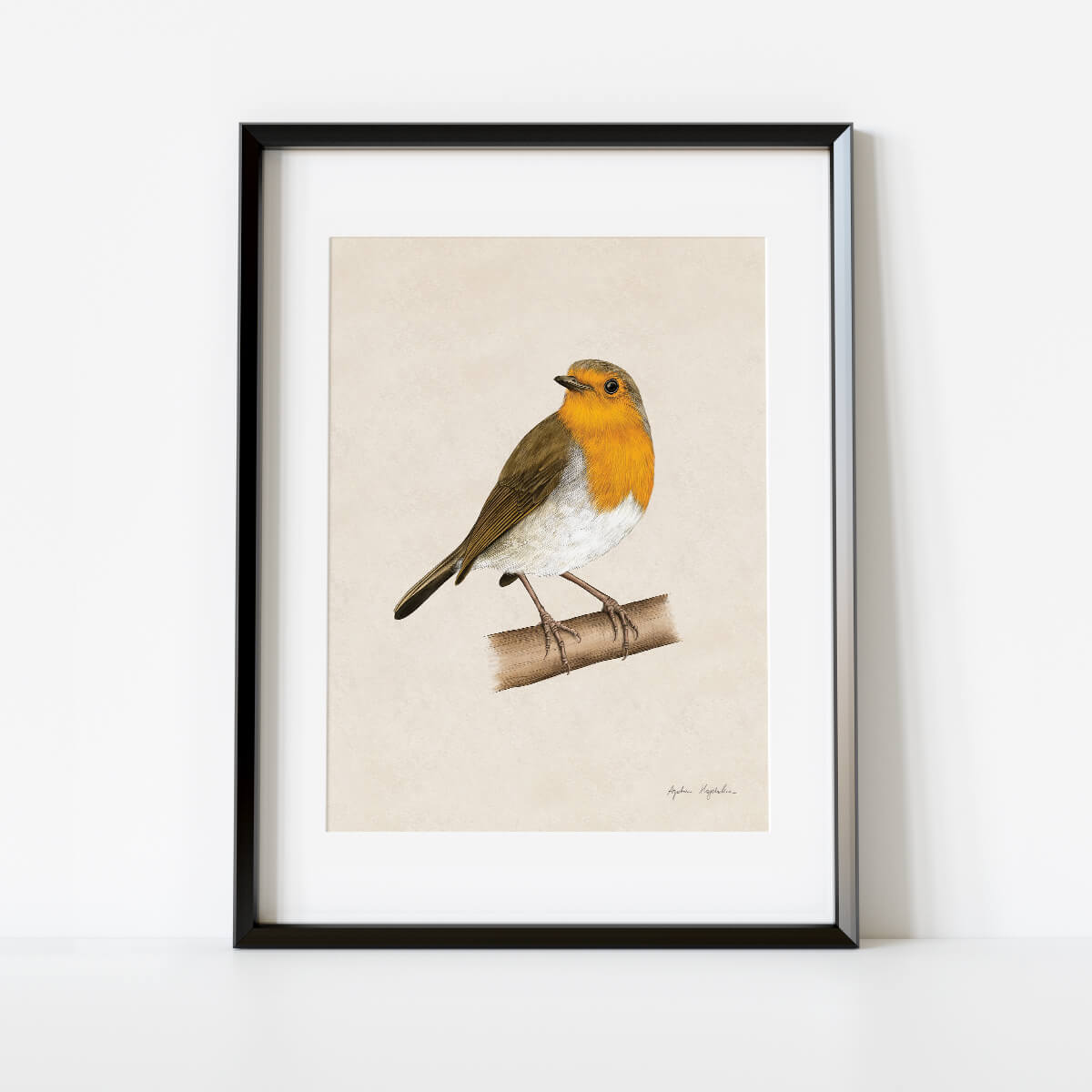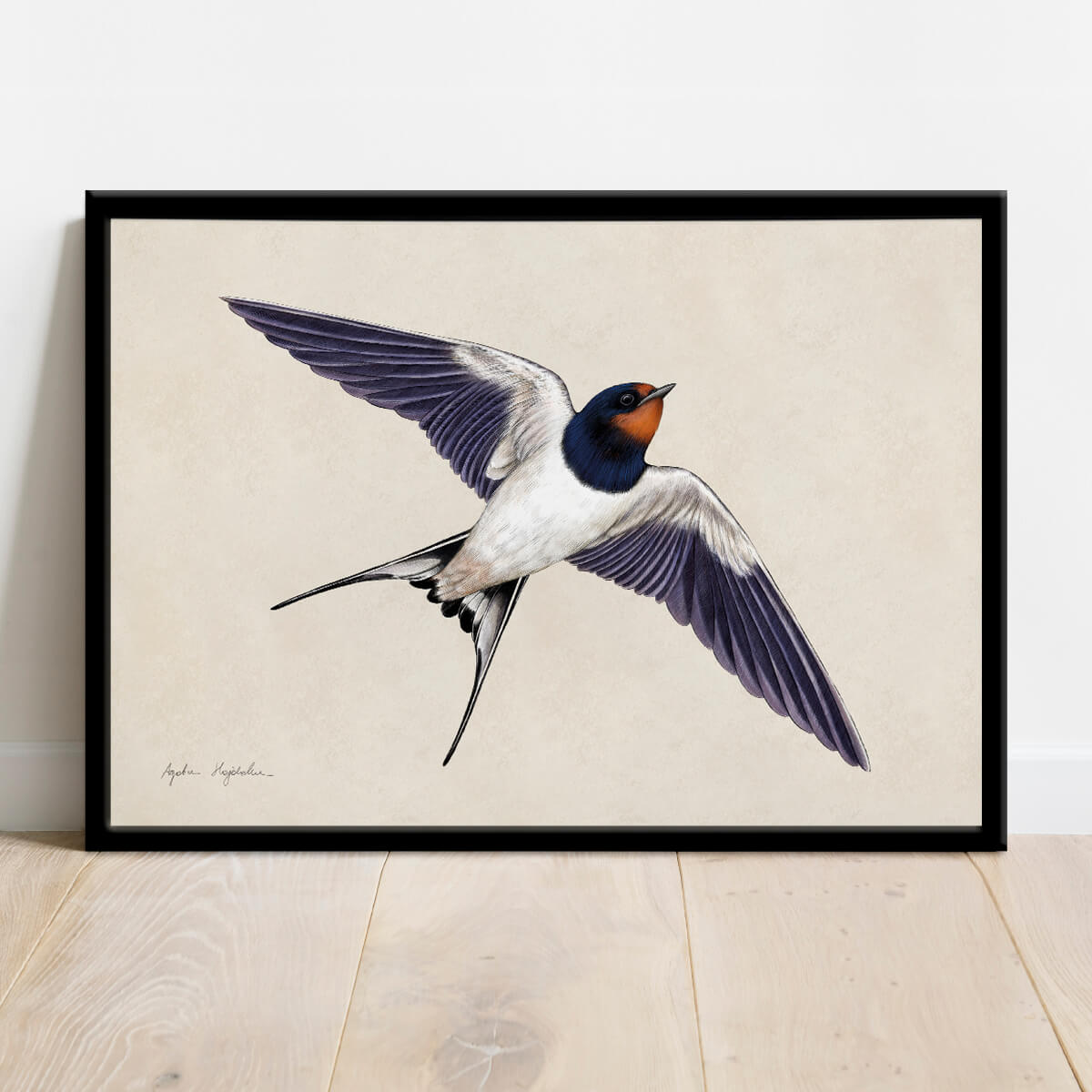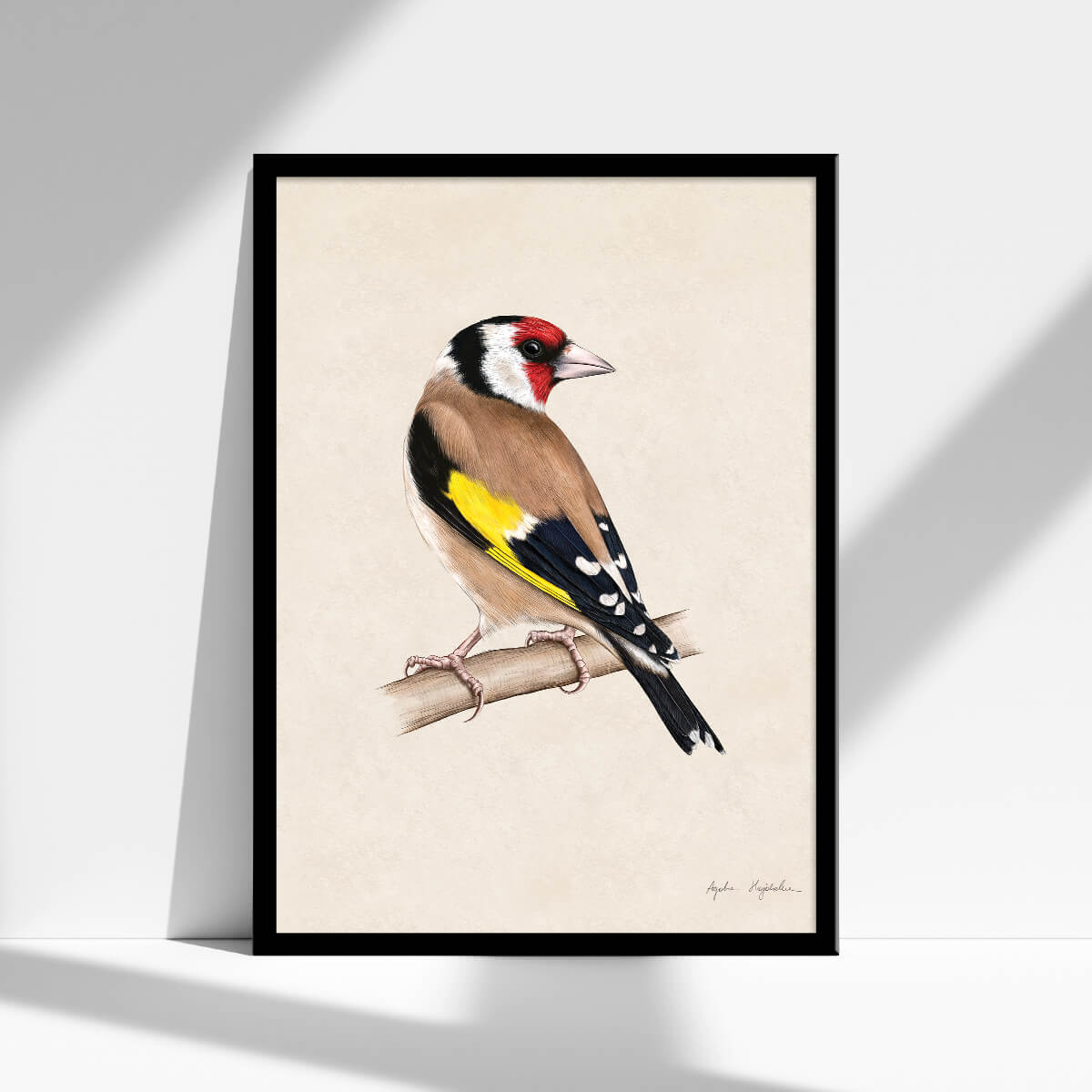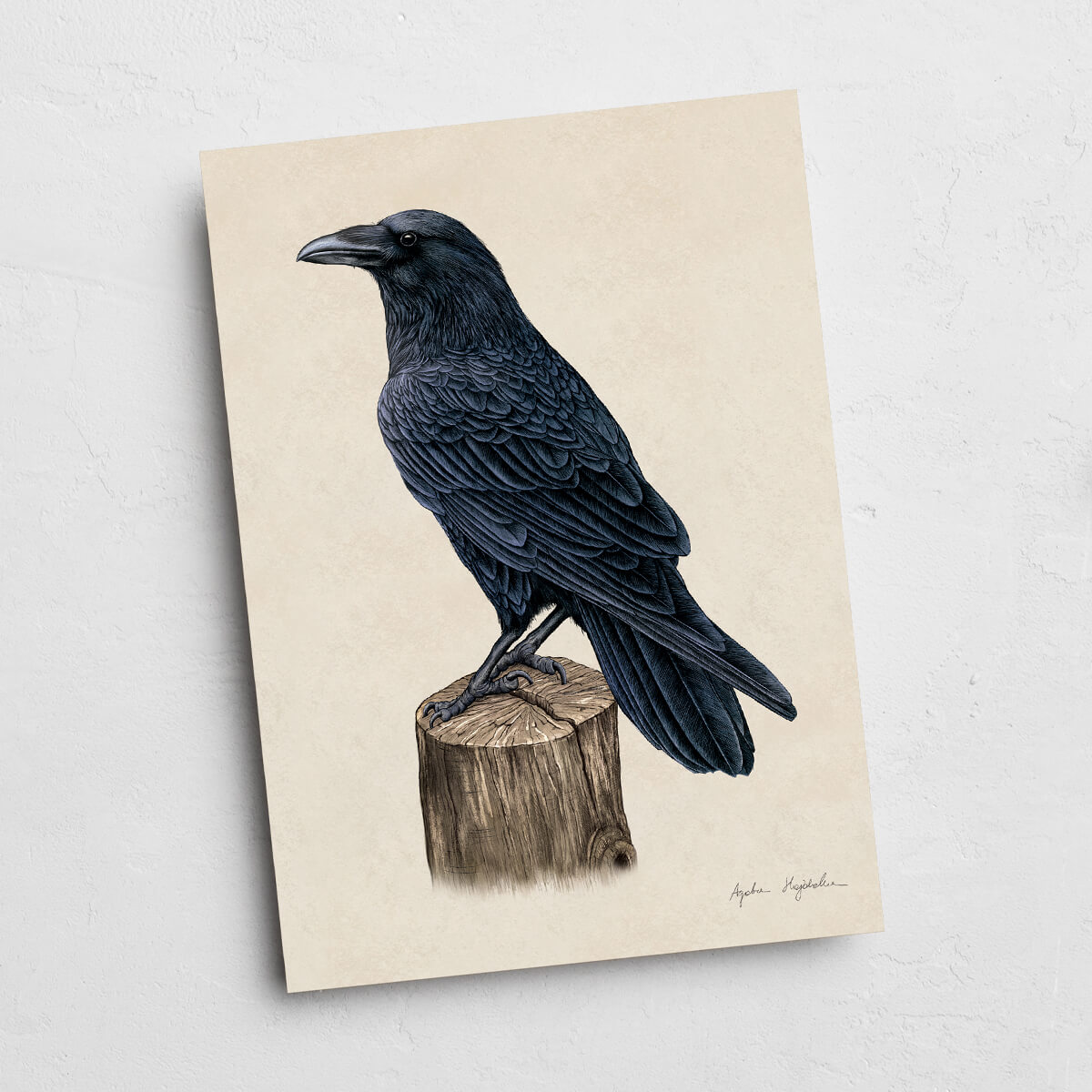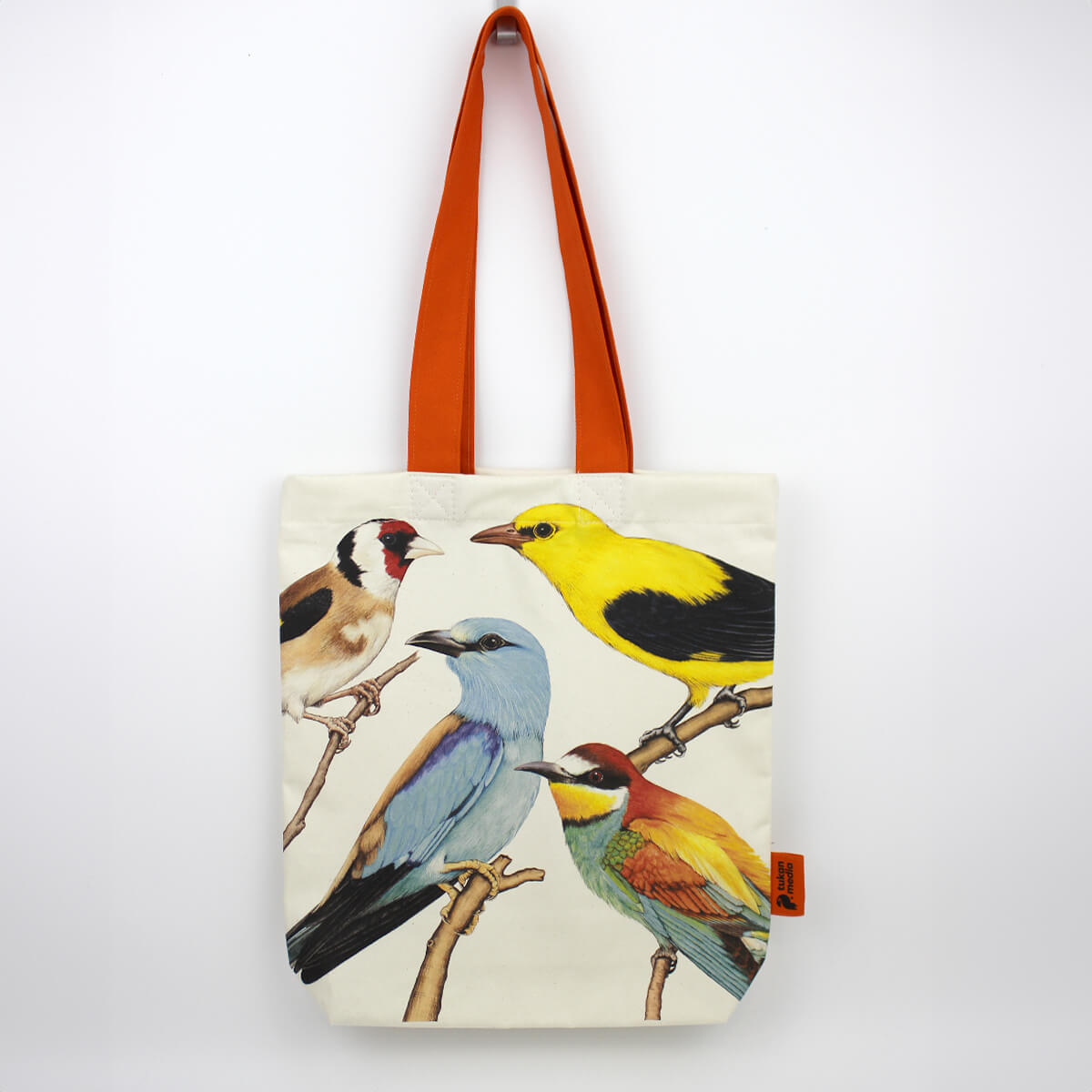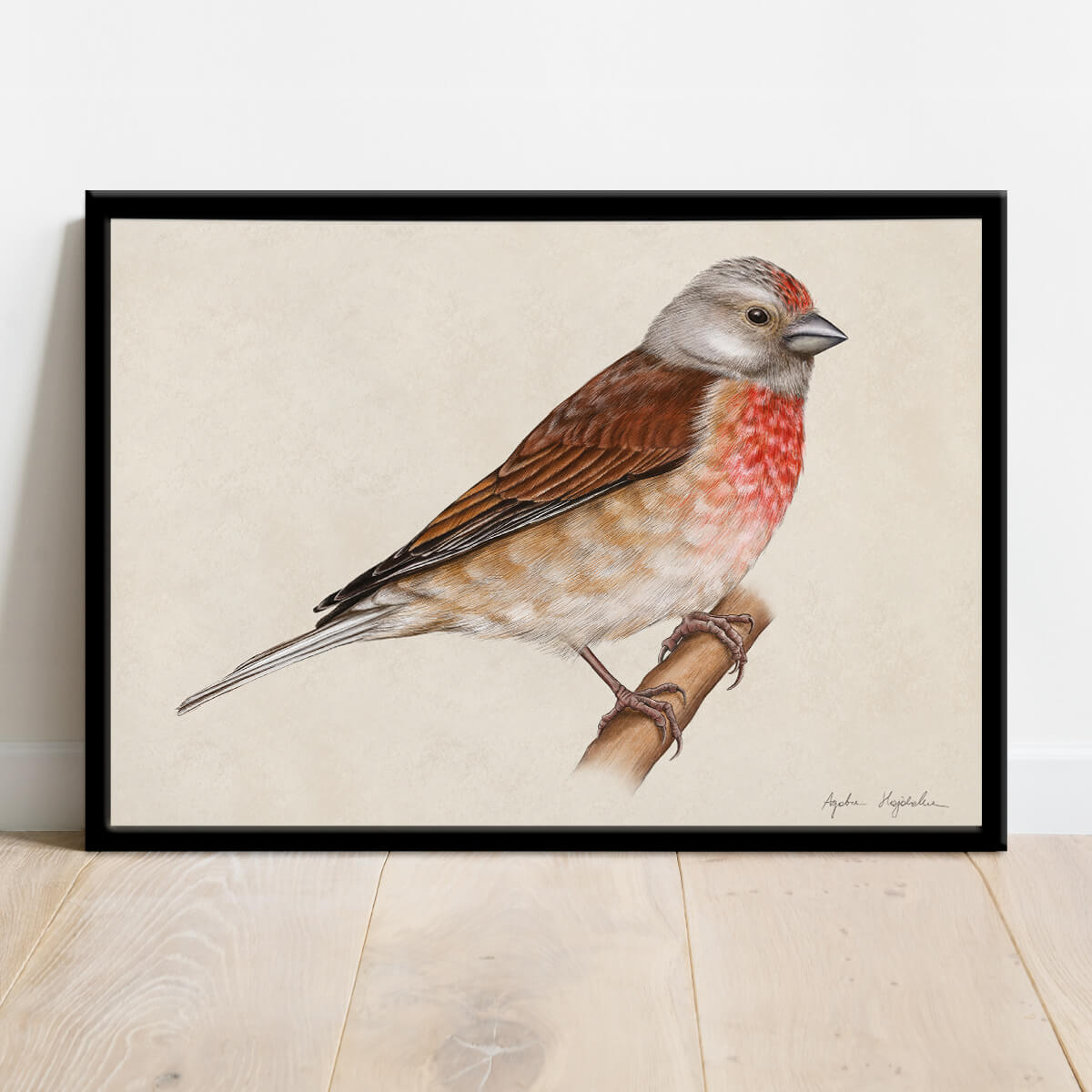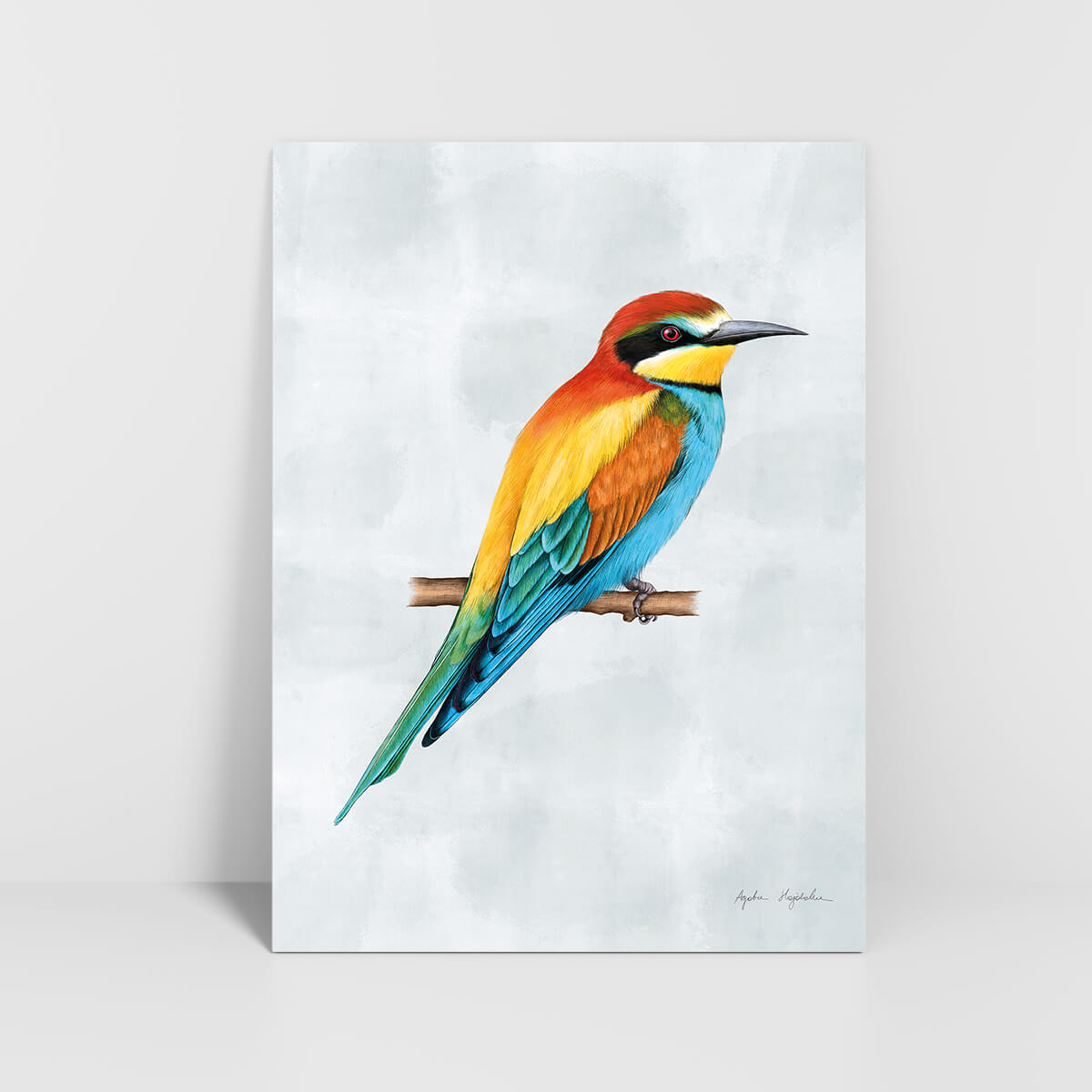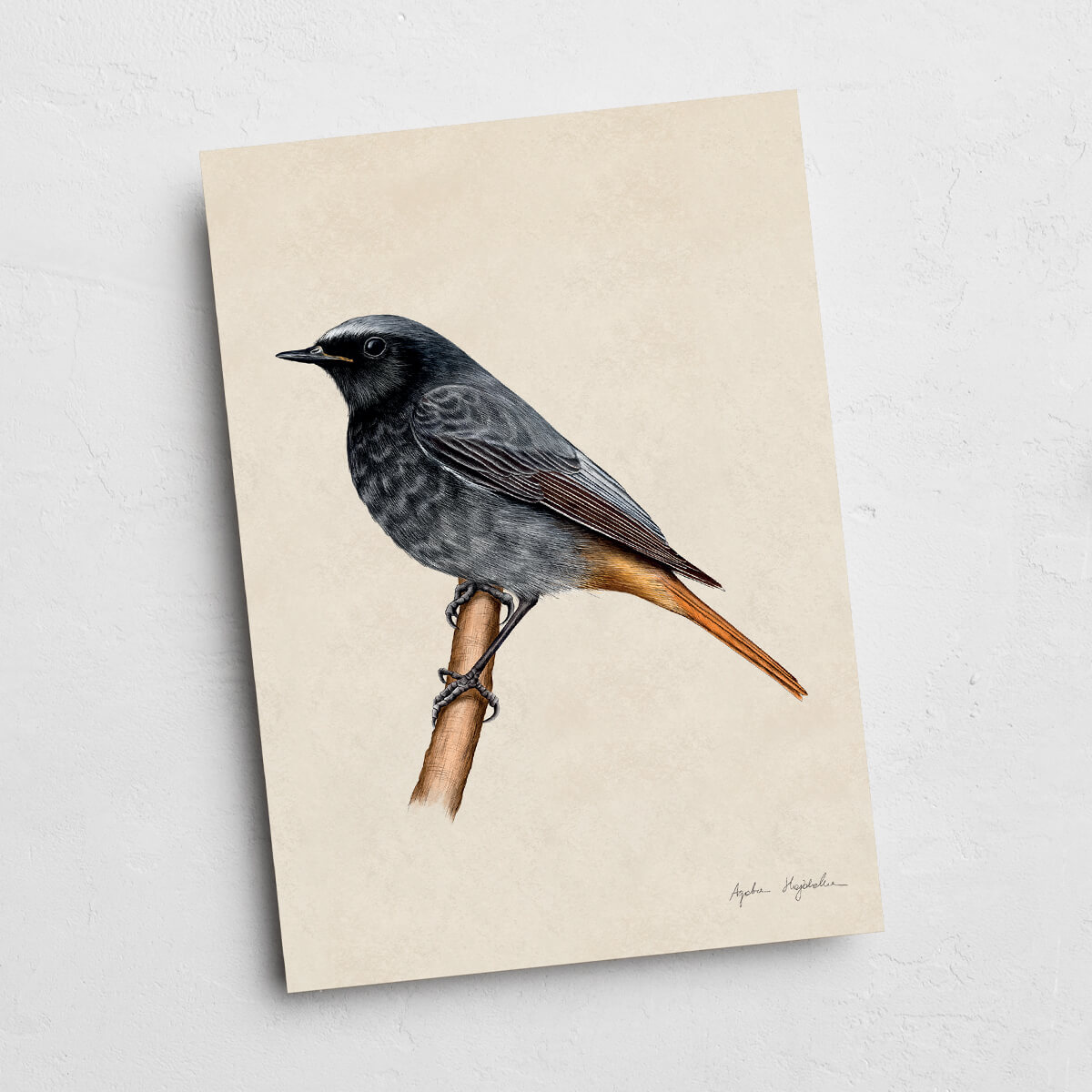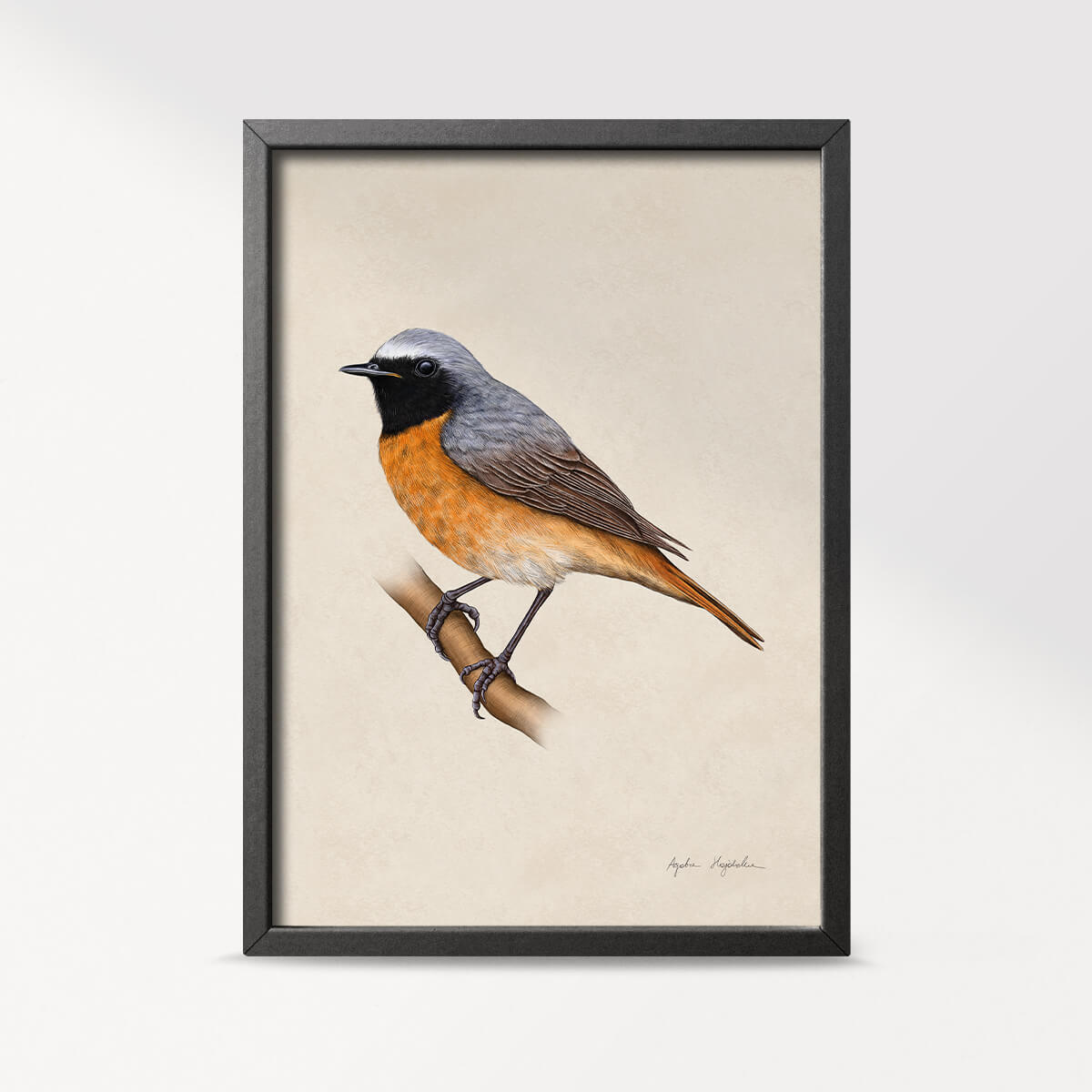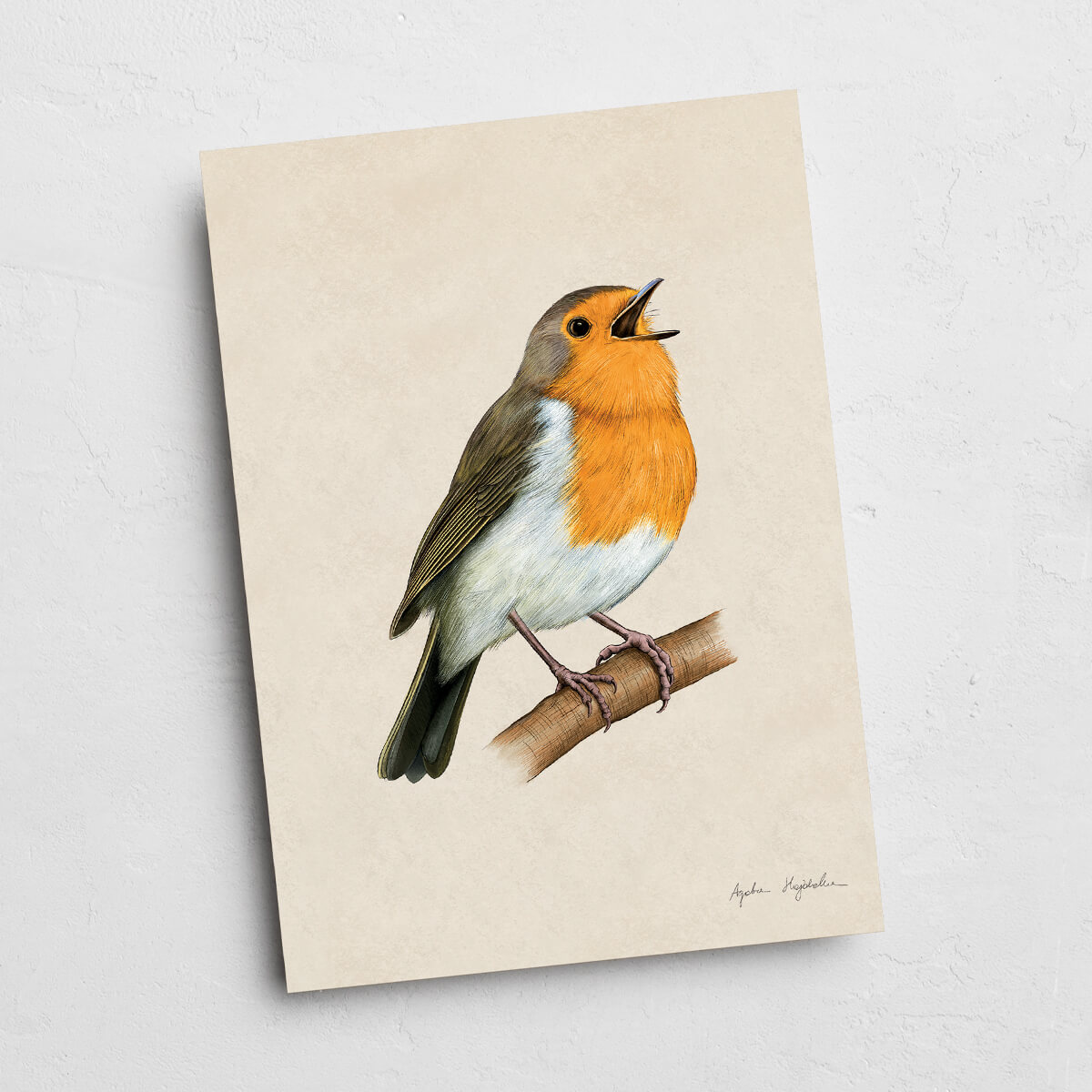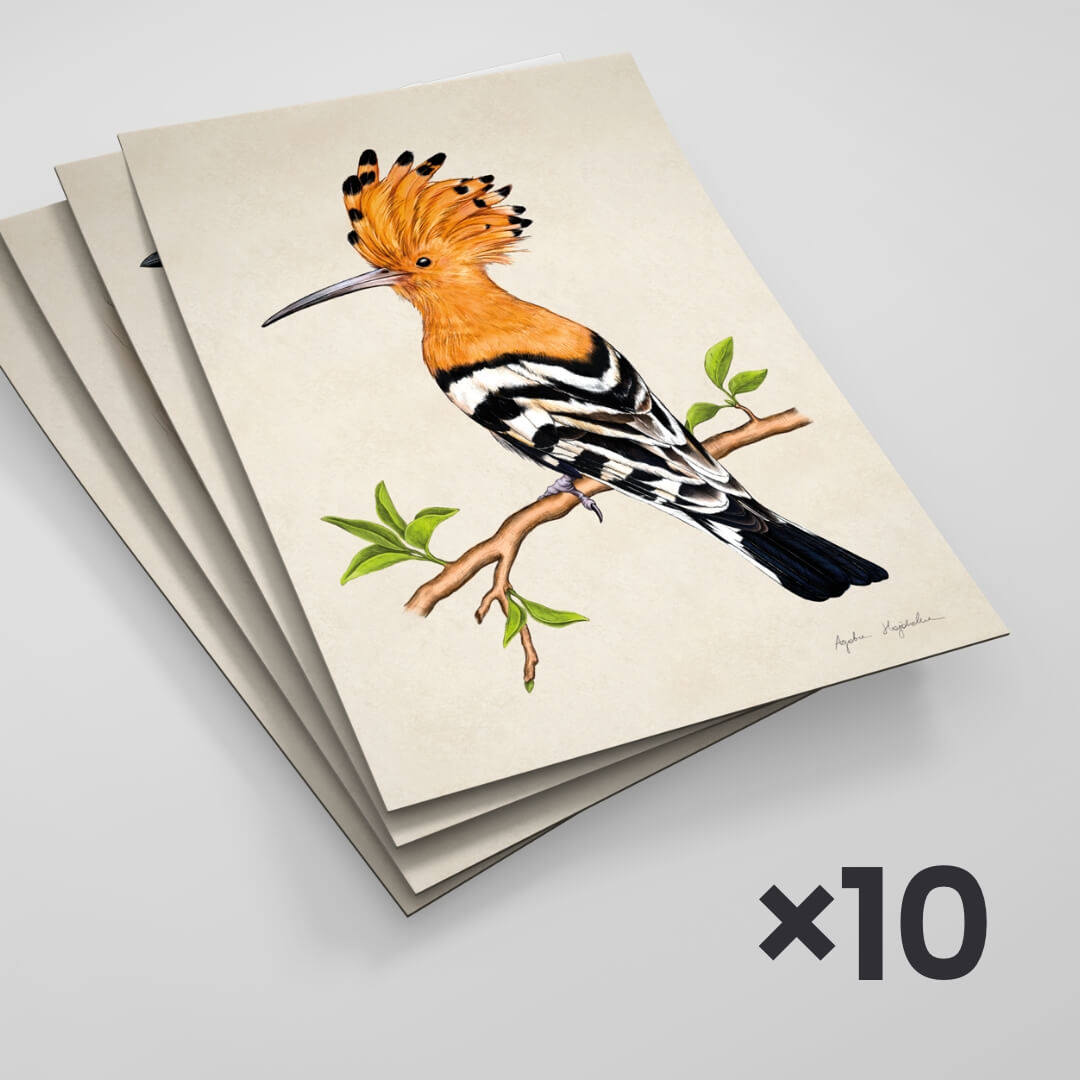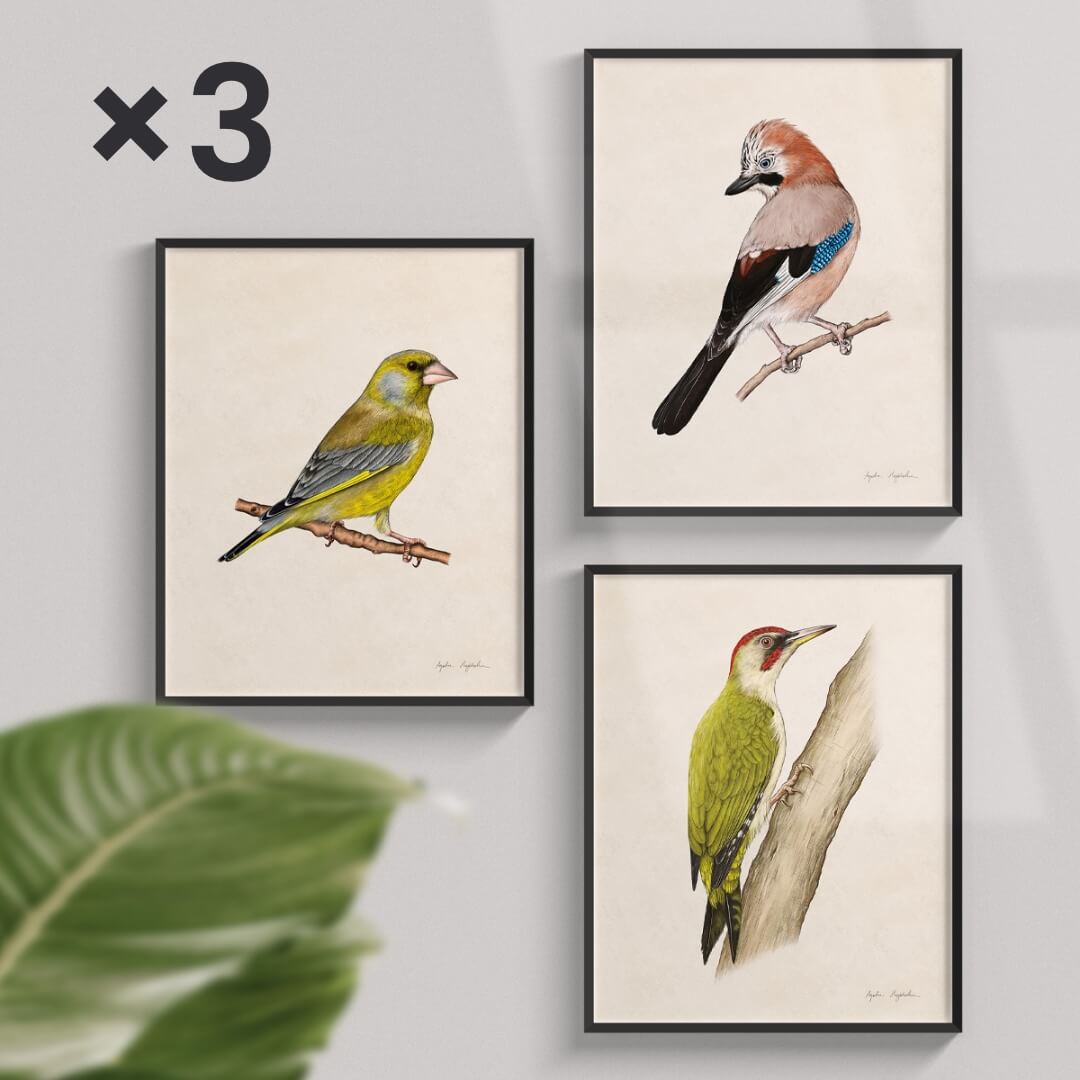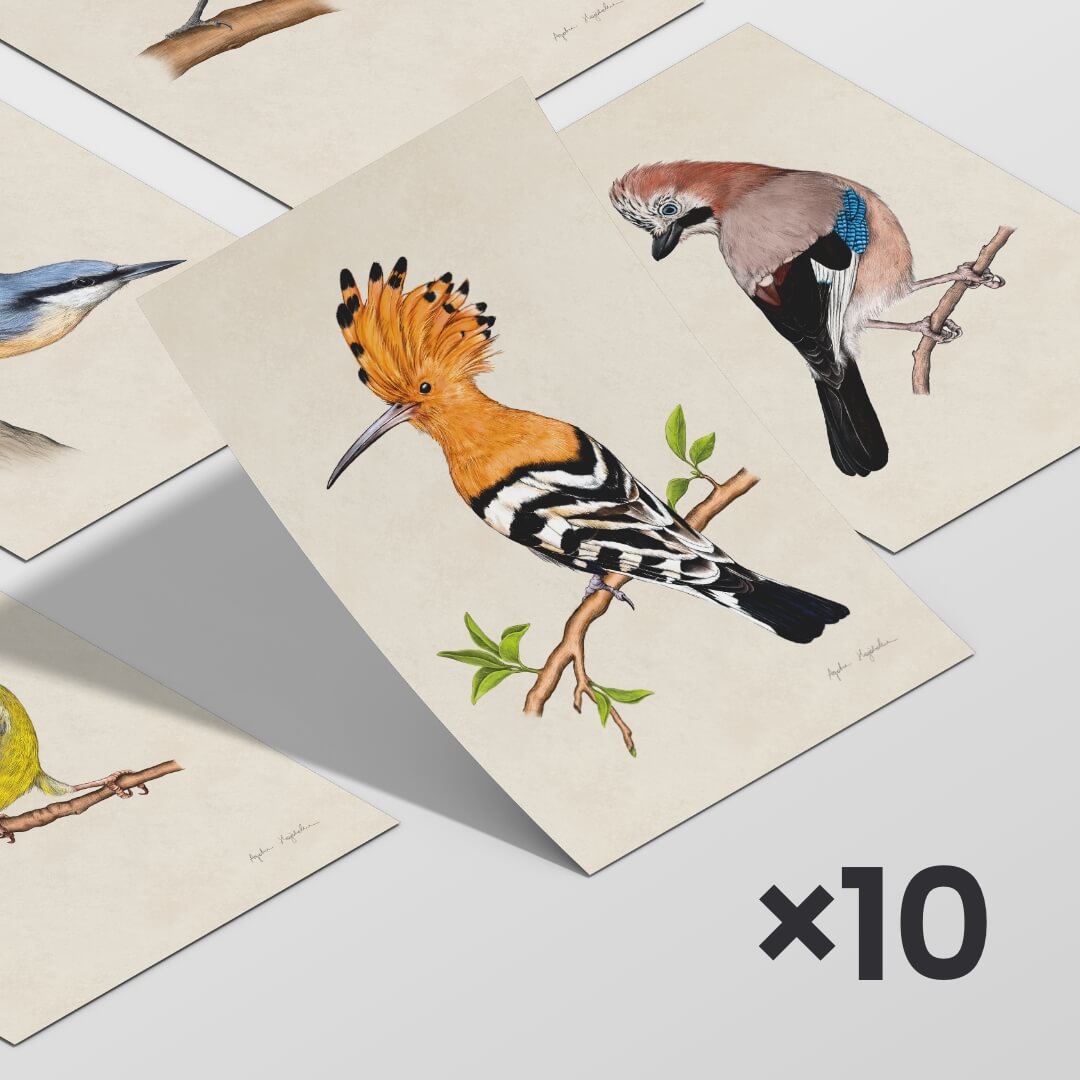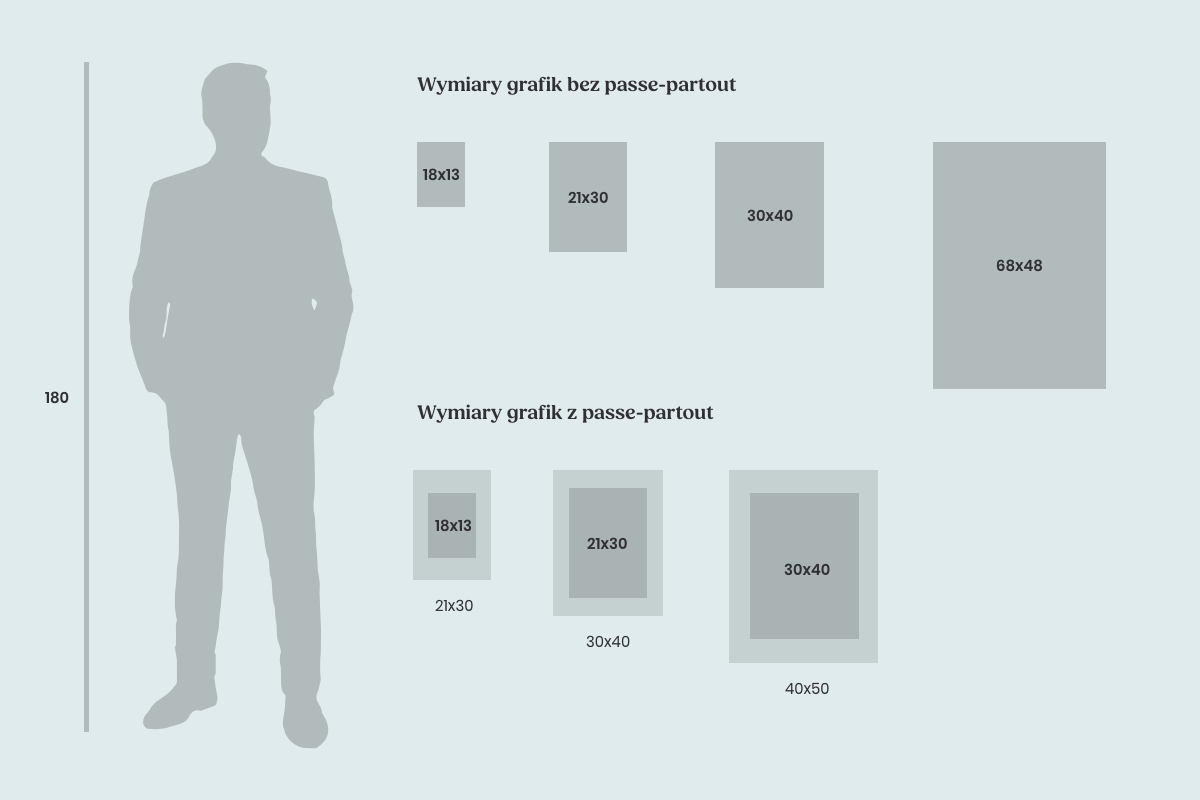- Tukan media
- Explore birds
- Eurasian siskin
Eurasian siskin
These small Polish birds – even smaller than sparrows – stand out with their distinctive plumage, with females having more subdued and less vivid colors compared to males. The breast, neck, and head are yellow, the belly is white with dark streaks, and the nape and back are green, also streaked. Males have a black cap, a spot on the throat, and gray cheeks. The wings are black, highlighted with yellow elements. They also have a yellow rump and tail sides. Eurasian siskins are sociable birds, living in bustling flocks and foraging on trees.
What does the Eurasian siskin eat, where does it live, and what is worth knowing about it?
In Poland, the Eurasian siskin mainly inhabits the northeastern part of the country, the Carpathian and Sudeten regions. You can also find it in other areas, but in significant dispersion. It prefers extensive forests, primarily spruce and mixed forests, and flocks roost near trees that provide access to seeds. The Eurasian siskin builds its nest at considerable heights - even up to 8 meters - using roots, plant fibers, and grass. The nest is lined with feathers and fur and meticulously camouflaged with lichens. It is usually placed in the fork of coniferous tree branches. About 5 eggs with a blue tint and brown dots are laid in the nest. After an incubation period of 13 days, the chicks hatch and stay in the nest for another 15 days.
Eurasian siskins are migratory birds, arriving in Poland from March to May and departing between September and November. It's not uncommon to encounter them throughout the year, especially during invasive influxes. Migration patterns can also be influenced by changing climates.
Eurasian Siskin - Fun Facts about this Agile Bird
- In Poland, the Eurasian Siskin is known not only as 'czyż' but also as "czyżyk."
- These birds produce pleasant sounds, described as flute-like, but the range of their tones is much wider.
- Eurasian Siskins build their nests very high in trees, and these nests are incredibly small. Because of this, it's quite difficult to observe them in the wild, and most of the knowledge about their breeding habits comes from observations by breeders.
- Eurasian Siskins prefer coniferous trees, prickly and thorny shrubs - these are where they are most commonly found. This preference is driven by their feeding habits and the protection from predators that the sharp thorns provide to small birds.
- Eurasian Siskins are protected birds in Poland - capturing, as well as breeding in captivity or reproduction, is prohibited.
- They can assume acrobatic positions while feeding on plant seeds.
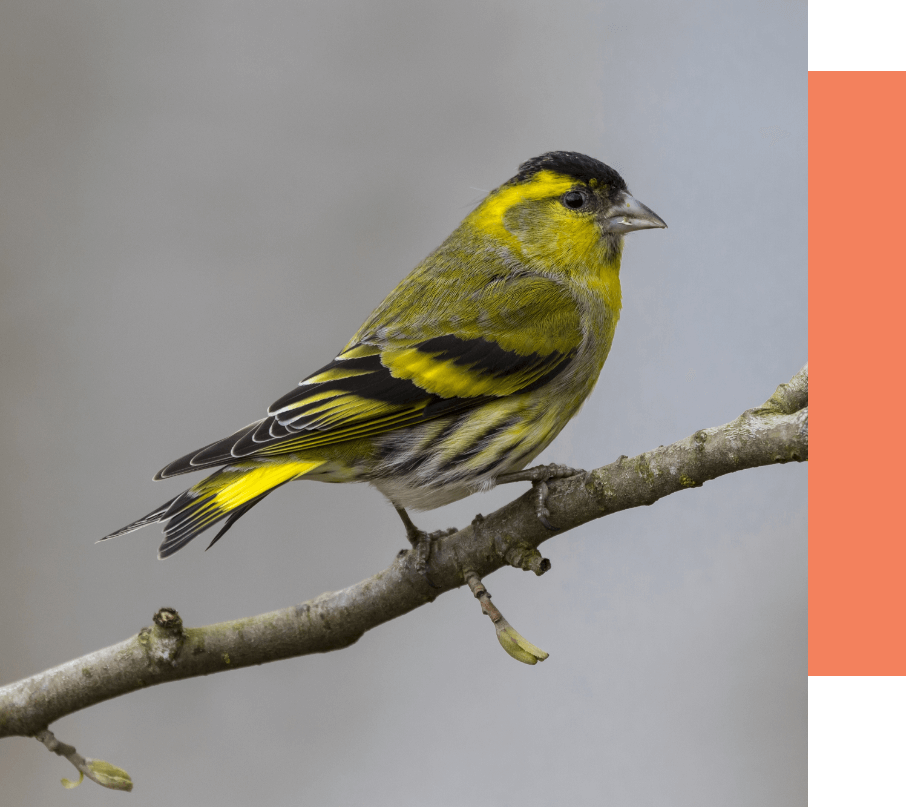
Listen to the voice
Gadgets with Eurasian siskin illustration
You can also have an image of the Eurasian siskin at your place - a poster, an educational illustration, or other gadgets like bookmarks. Also, check out other bird-related products from my offer!
View products with the Eurasian siskin
267.00 zł 230.00 zł
89.00 zł
60.00 zł – 120.00 zł
5.00 zł
20.00 zł – 120.00 zł
Eurasian Siskin - Additional Information

Eurasian siskin
Carduelis spinus
Family
Finches
Locations of Occurrence
Mainly the Carpathian and Sudeten mountains along with their foothills, as well as the northeastern part of the country. On the remaining territory, they are present in a widespread manner.
Food
Tree seeds
Population
Migratory, arrival: March to May, departure: September to November. During invasive influxes, it can be encountered throughout the year.
Migrations
Resident
Breeding
4-5 blueish-brown speckled eggs. Incubation period: 13 days. The young leave the nest after 13-15 days.
See other products with birds
89.00 zł
89.00 zł
20.00 zł – 120.00 zł
20.00 zł – 120.00 zł
20.00 zł – 120.00 zł
60.00 zł – 120.00 zł
20.00 zł – 120.00 zł
20.00 zł – 120.00 zł
20.00 zł – 120.00 zł
267.00 zł 230.00 zł
553.00 zł 499.00 zł
400.00 zł 375.00 zł
464.00 zł 439.00 zł
237.00 zł 225.00 zł
150.00 zł 143.00 zł
174.00 zł 165.00 zł
89.00 zł
50.00 zł
50.00 zł
58.00 zł
79.00 zł
79.00 zł
79.00 zł
79.00 zł
79.00 zł
50.00 zł
50.00 zł
50.00 zł
50.00 zł
50.00 zł
89.00 zł
89.00 zł
20.00 zł – 120.00 zł
20.00 zł – 120.00 zł
20.00 zł – 120.00 zł
20.00 zł – 120.00 zł
89.00 zł
20.00 zł – 120.00 zł
20.00 zł – 120.00 zł
60.00 zł – 120.00 zł
20.00 zł – 120.00 zł
20.00 zł – 120.00 zł
20.00 zł – 120.00 zł
600.00 zł 500.00 zł
160.00 zł – 320.00 zł
450.00 zł 400.00 zł

